Day 61 - The Amazing Udo Cave Shrine and Walking Along The Beautiful Nichinan Coastline, The Kyushu 108 Temple Pilgrimage, Japan
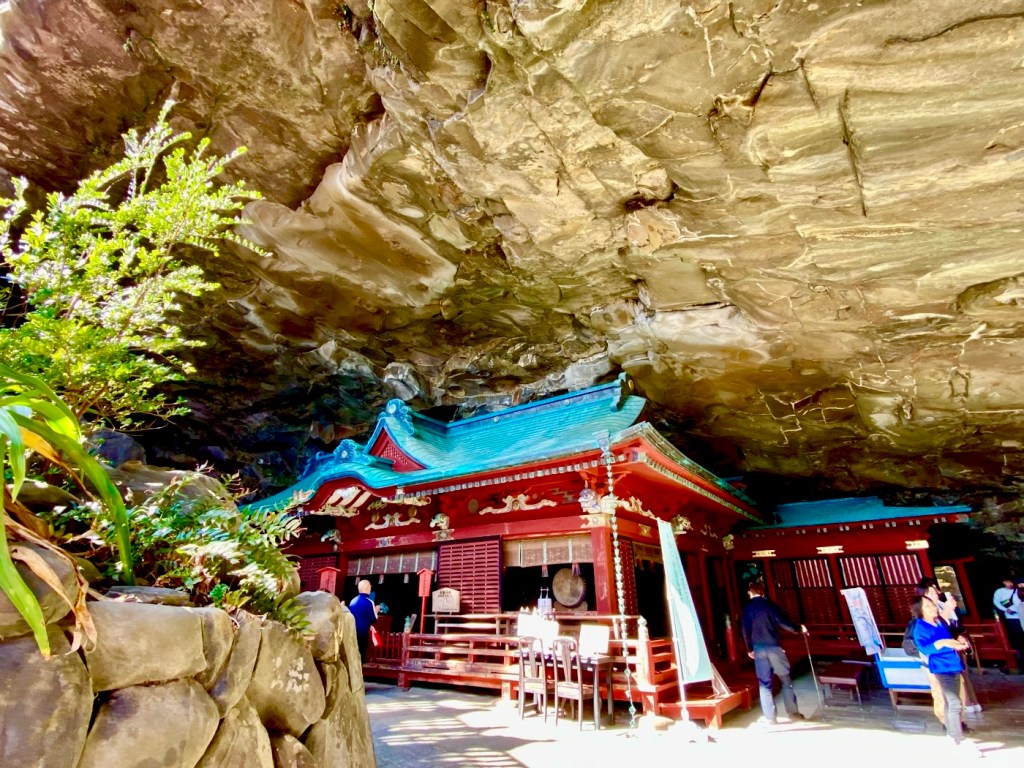
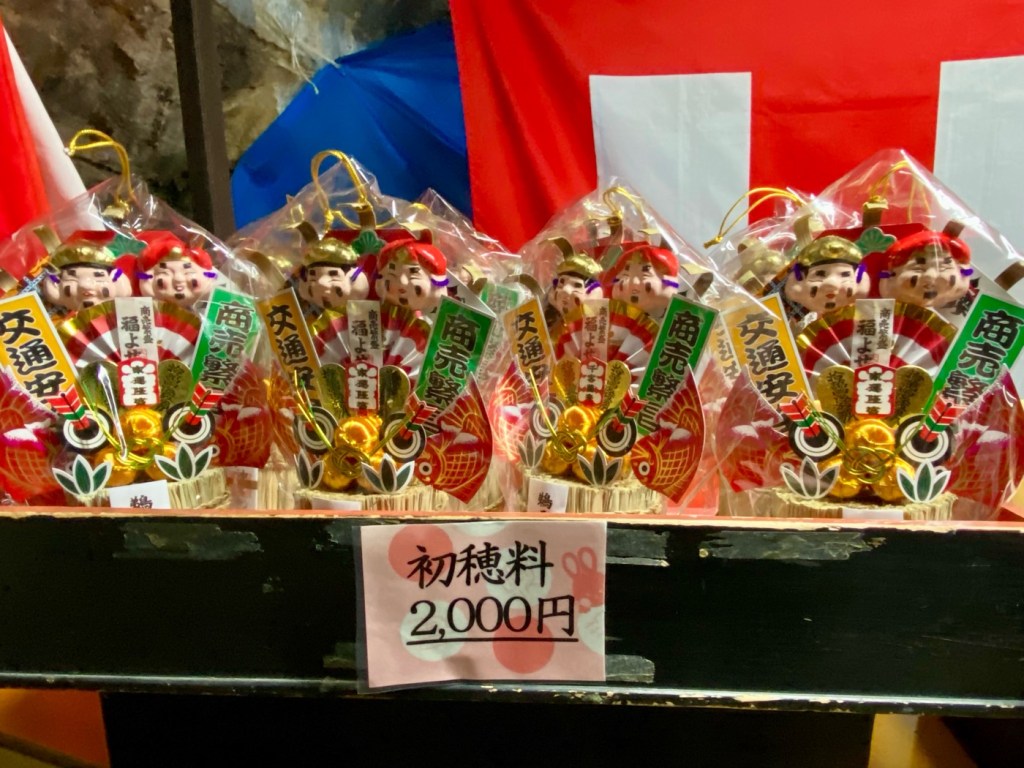
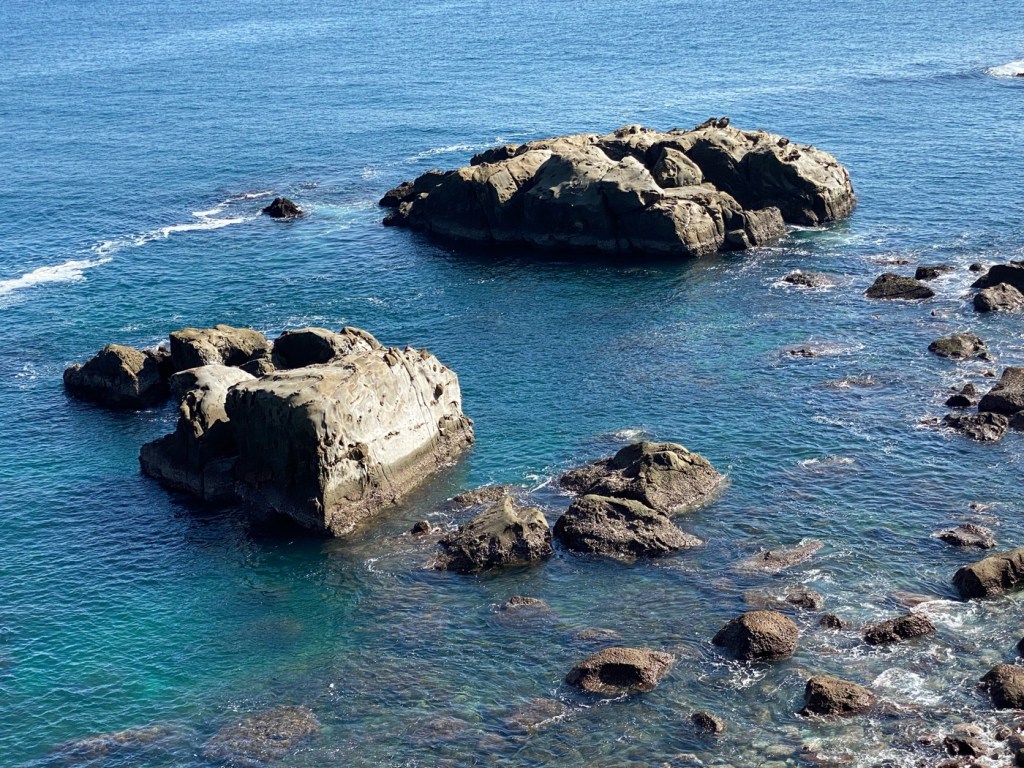
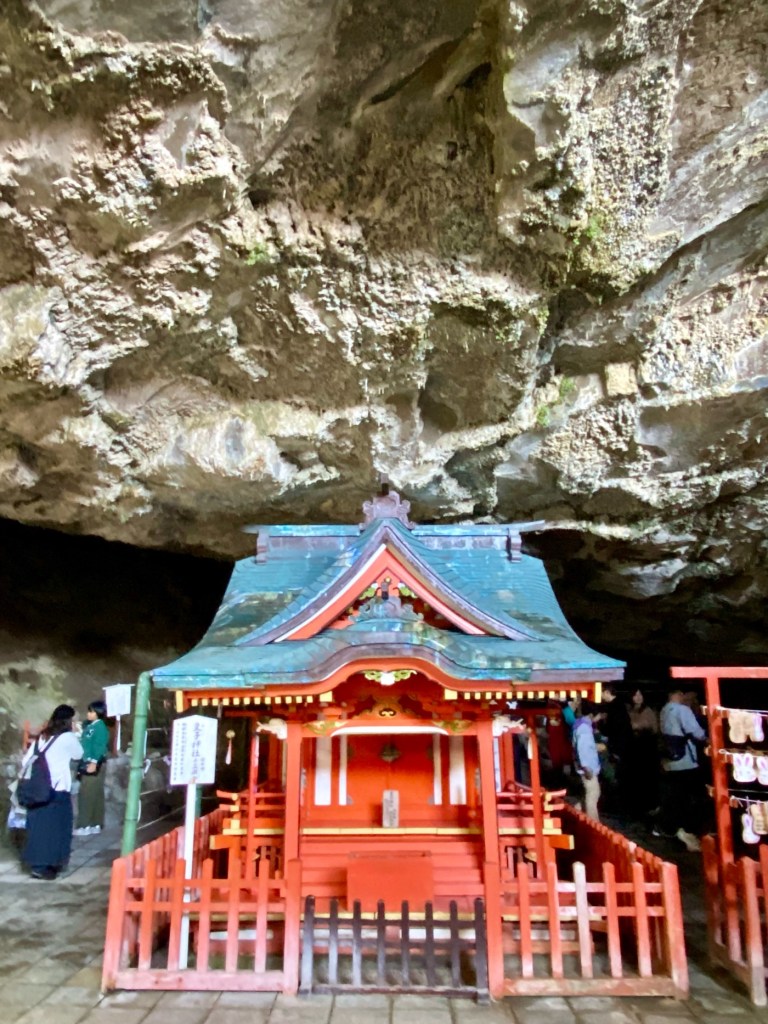
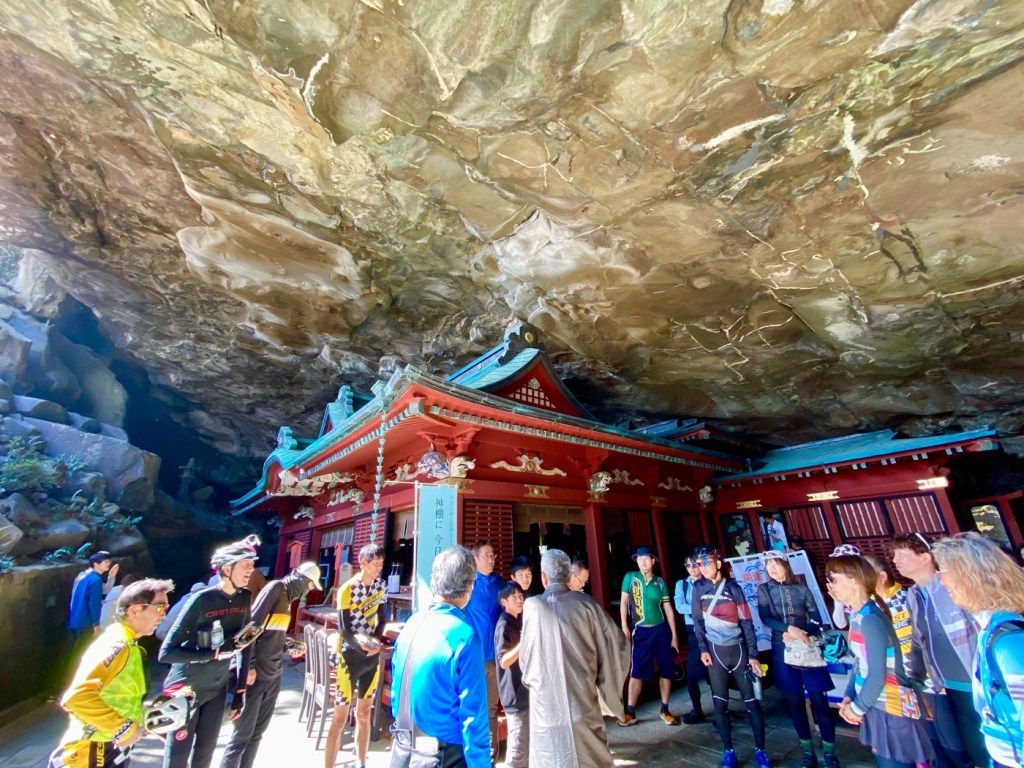

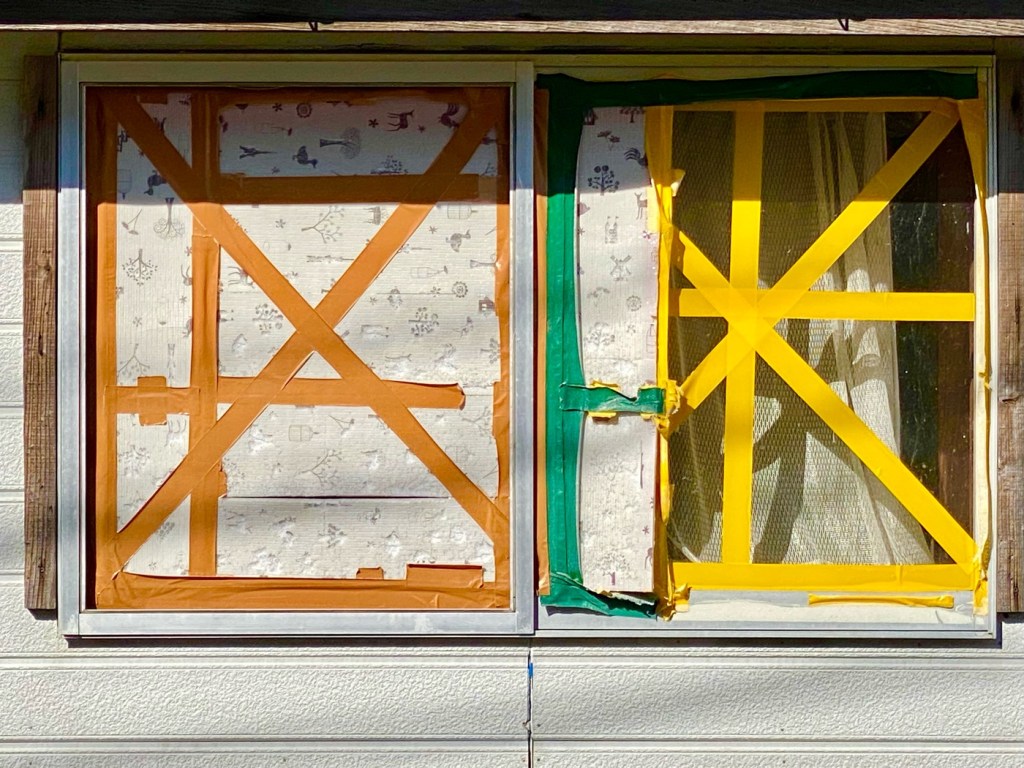
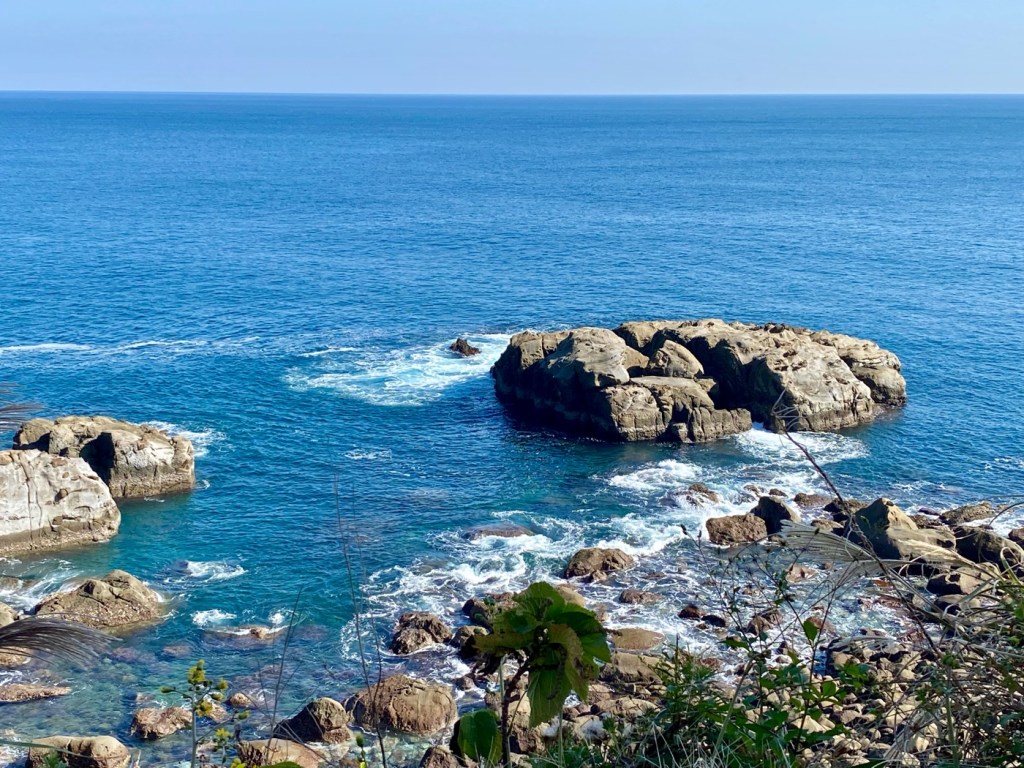
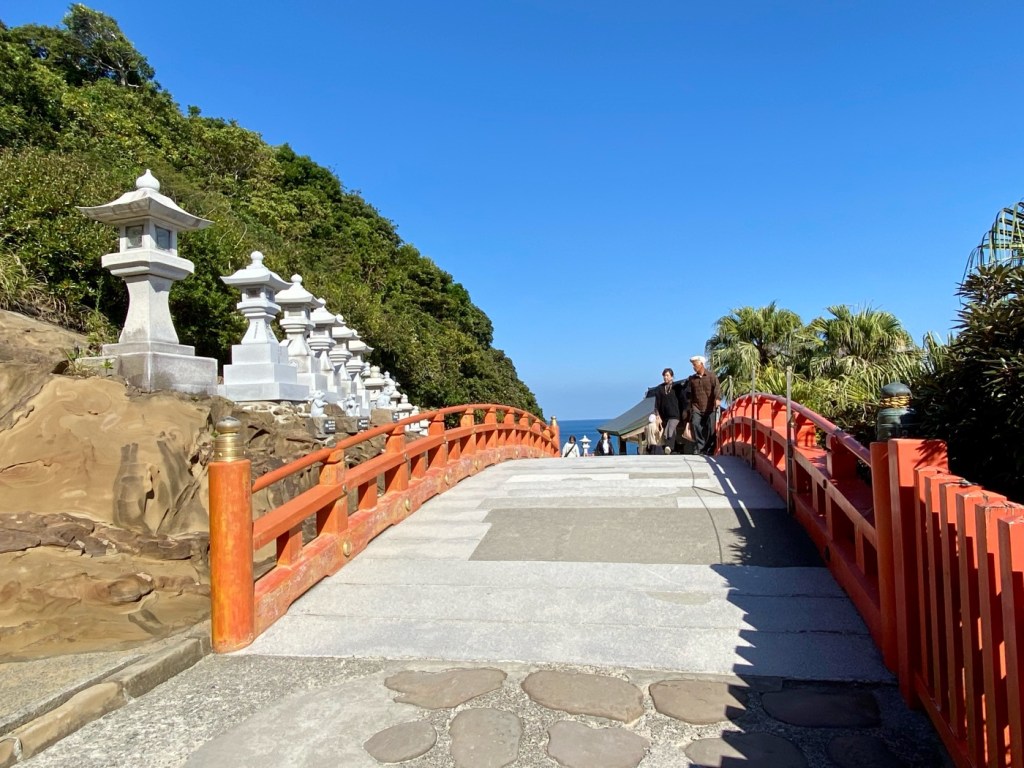
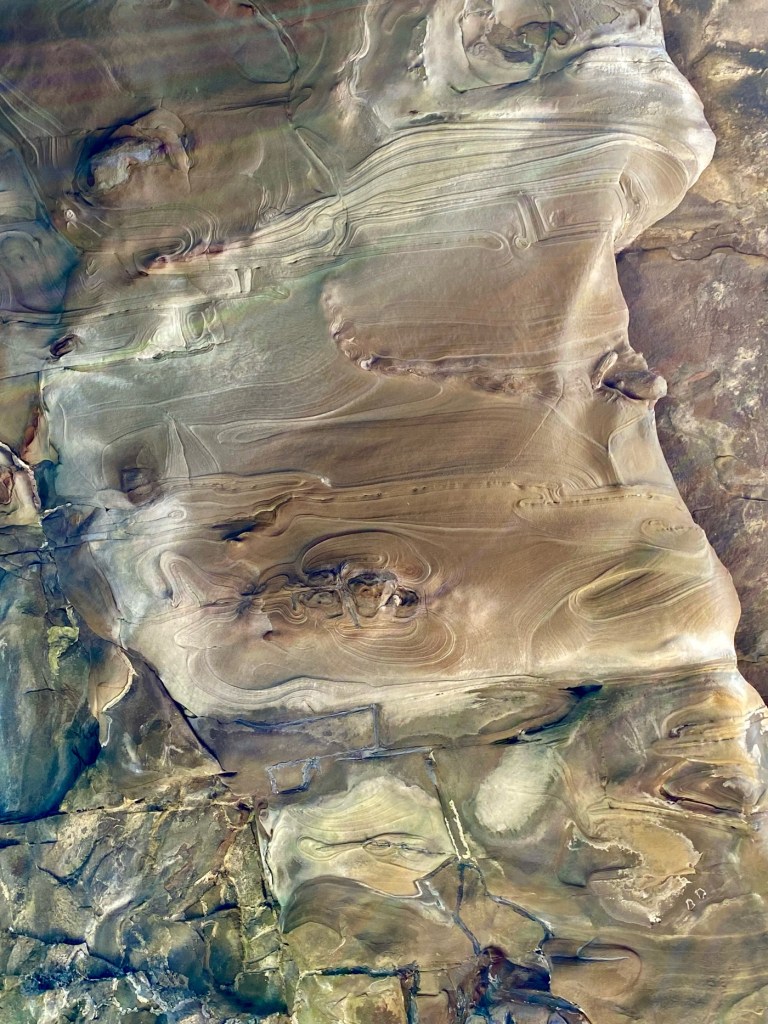

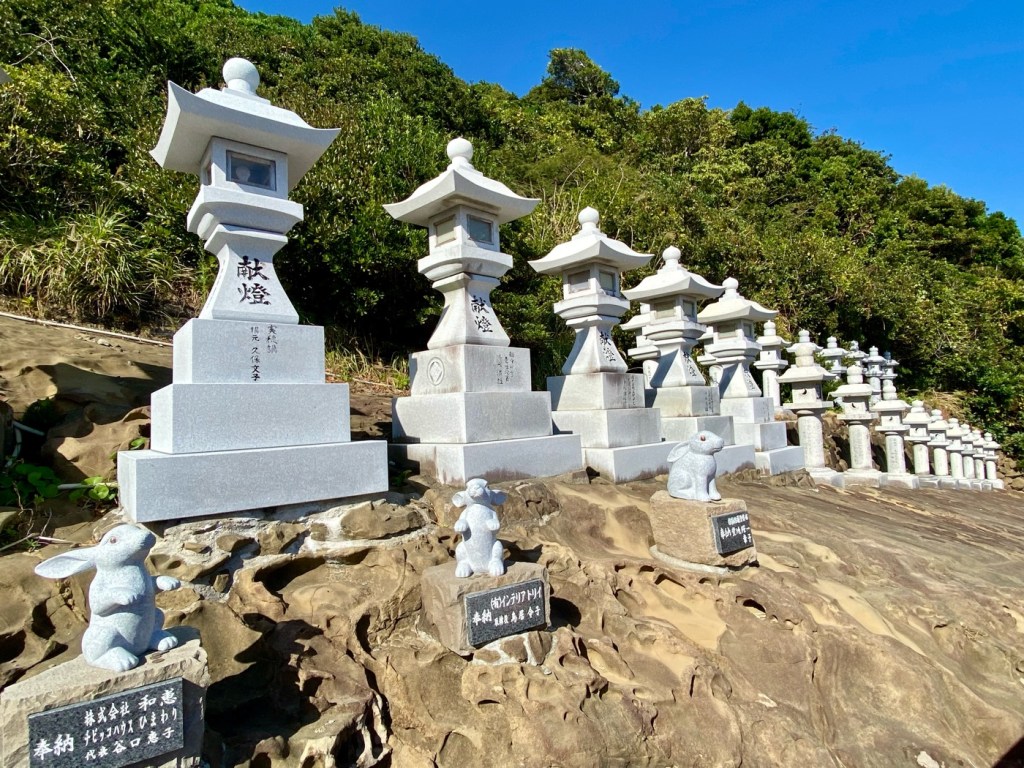
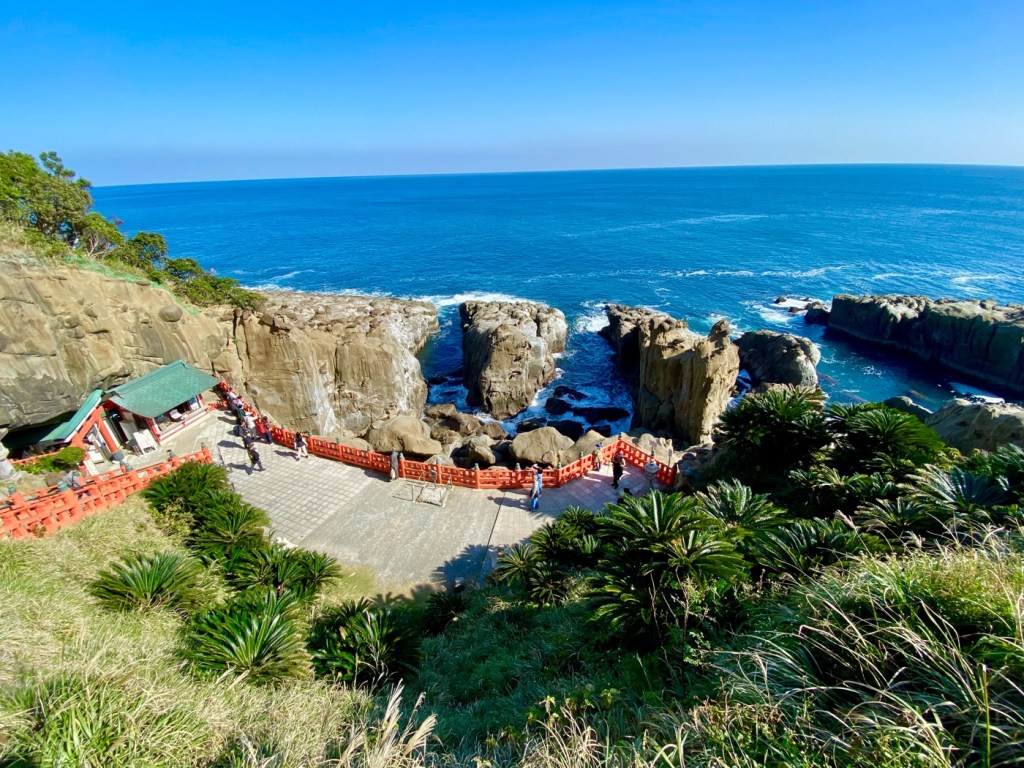
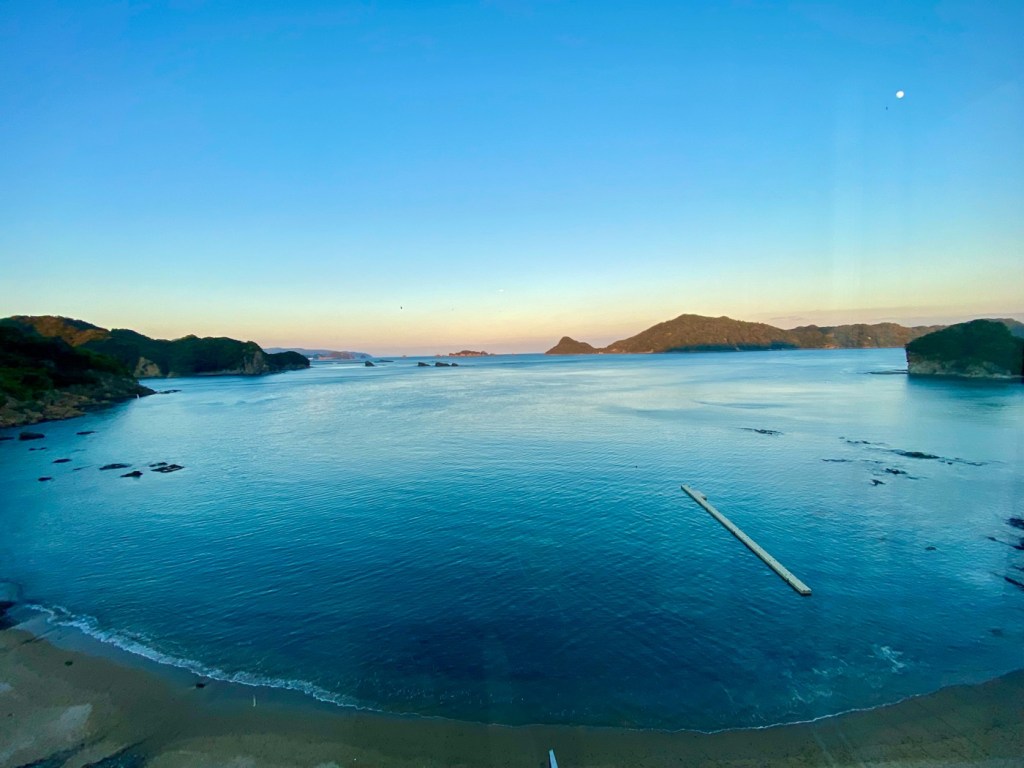
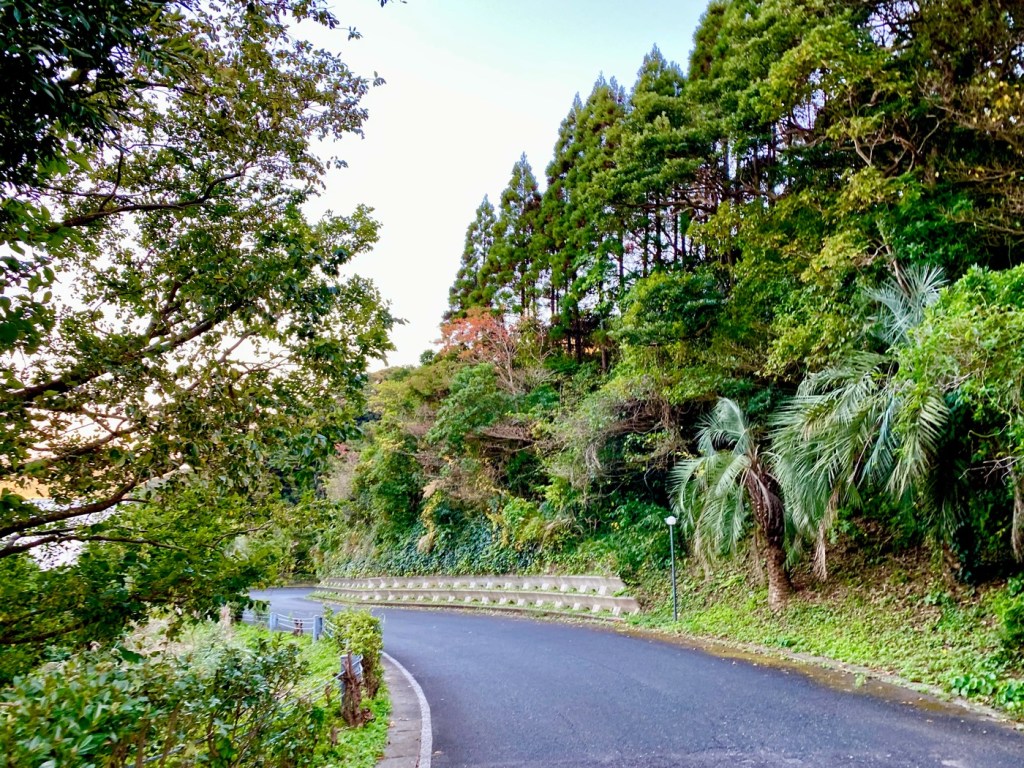
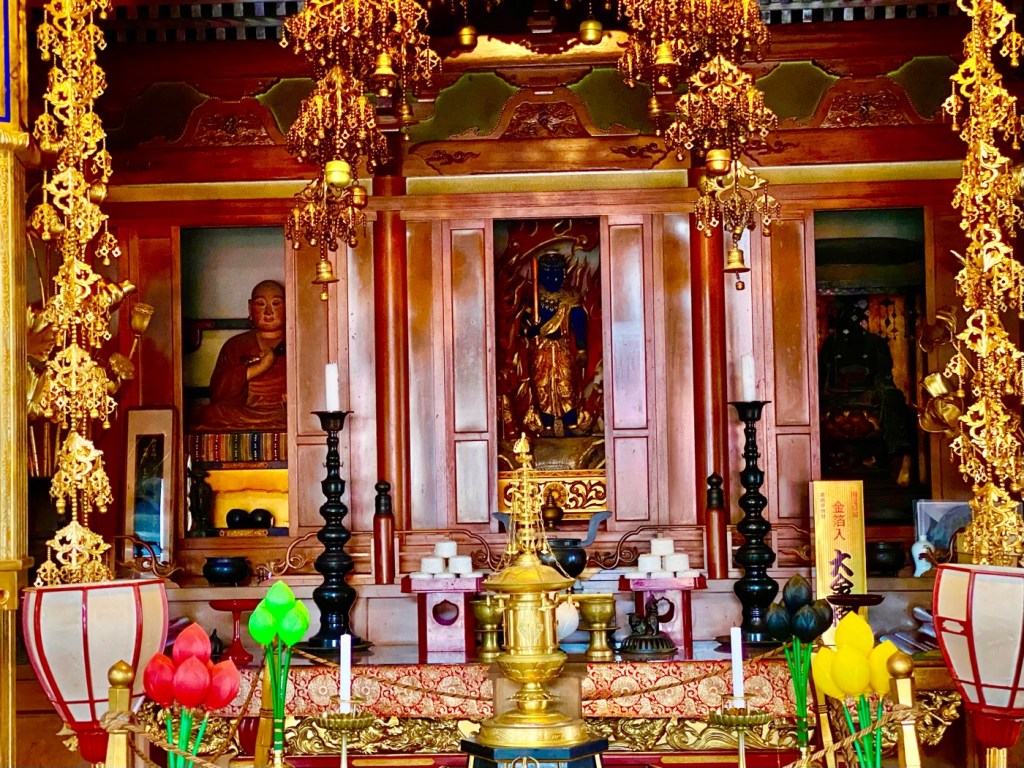
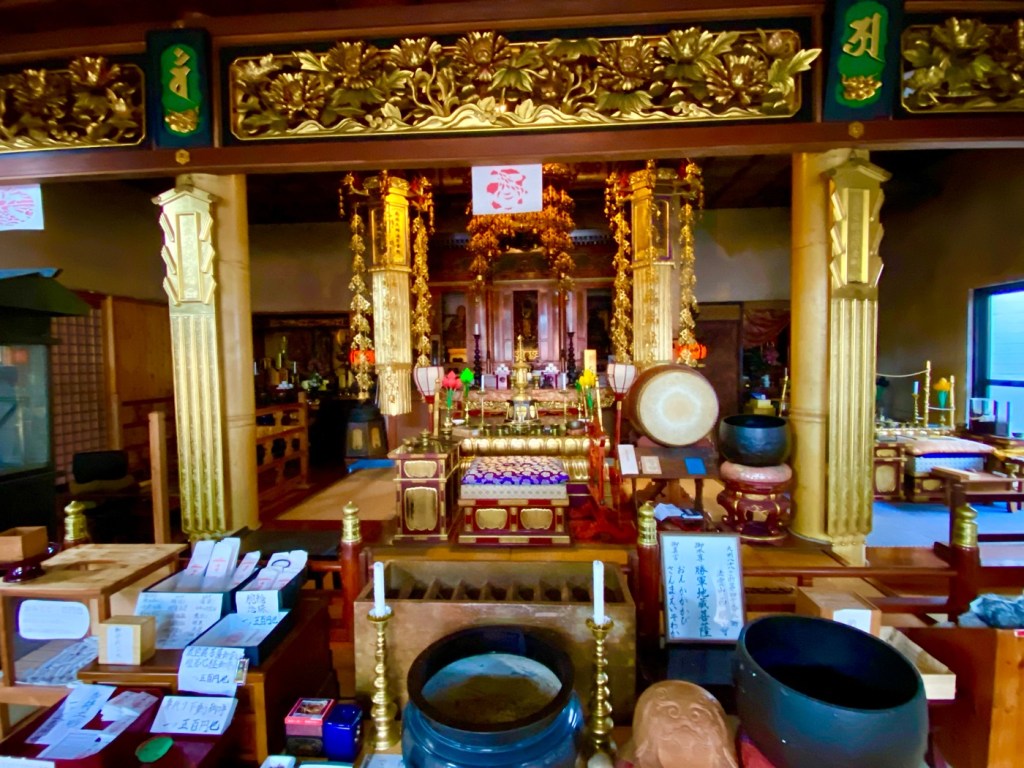
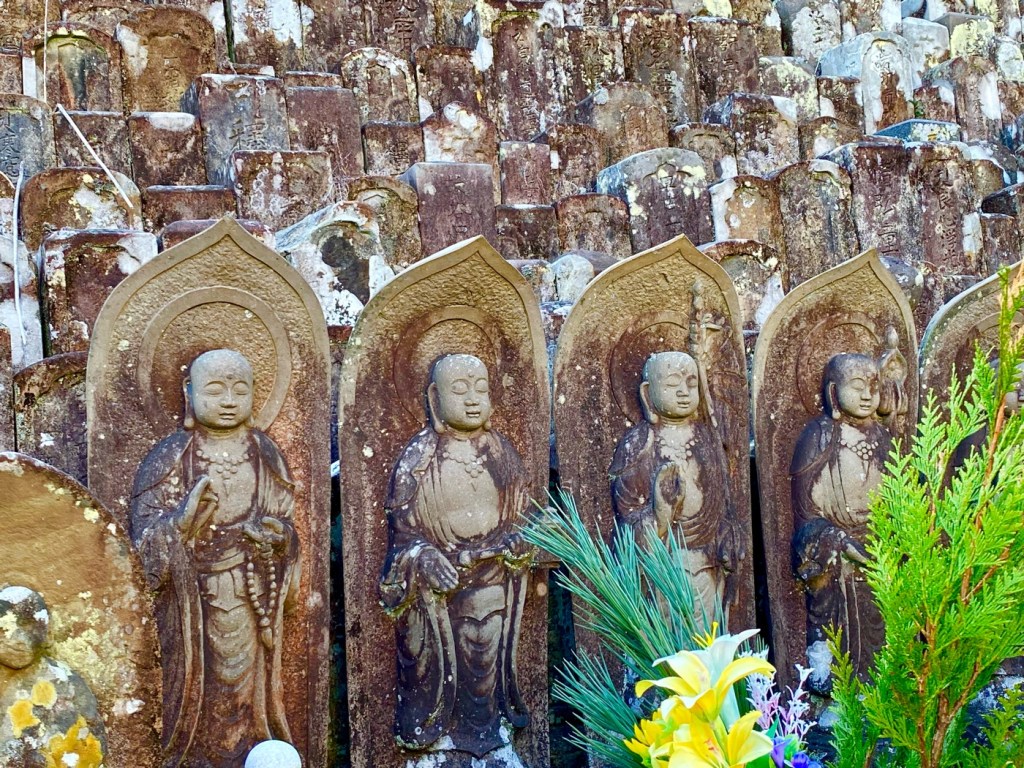
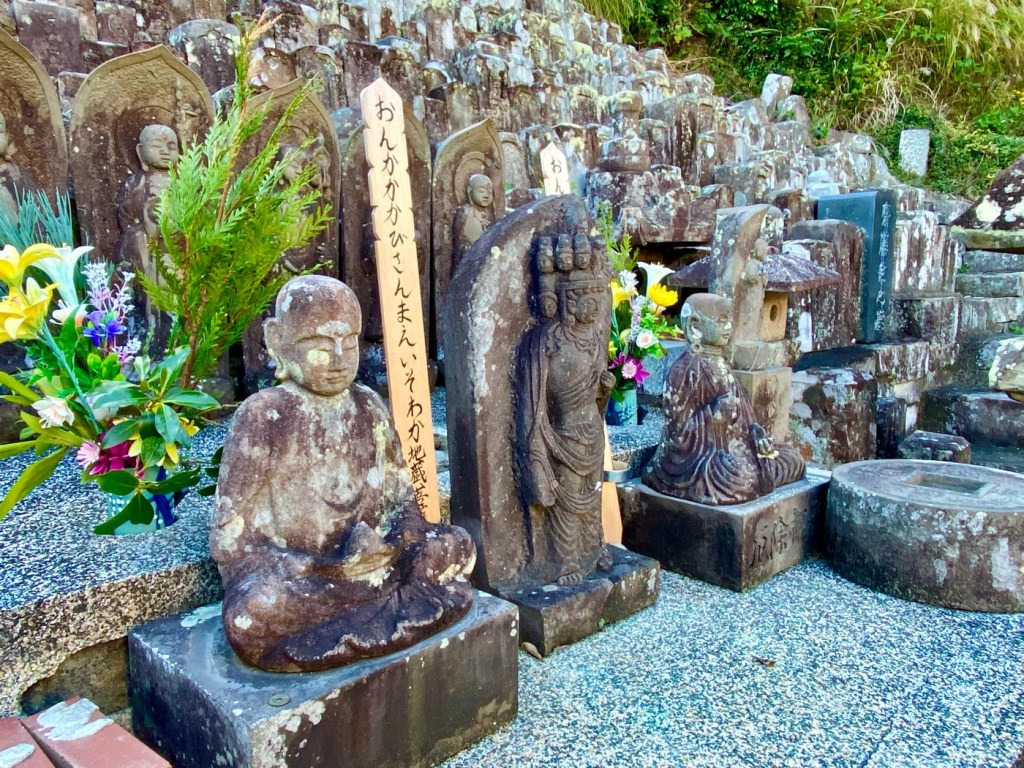
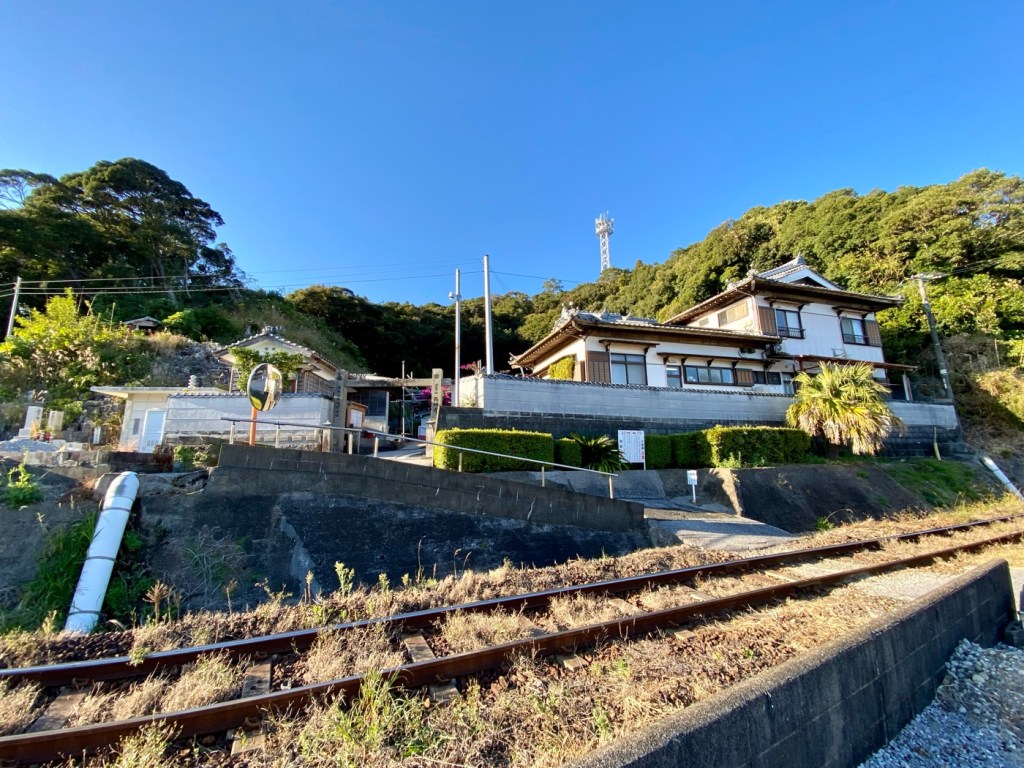


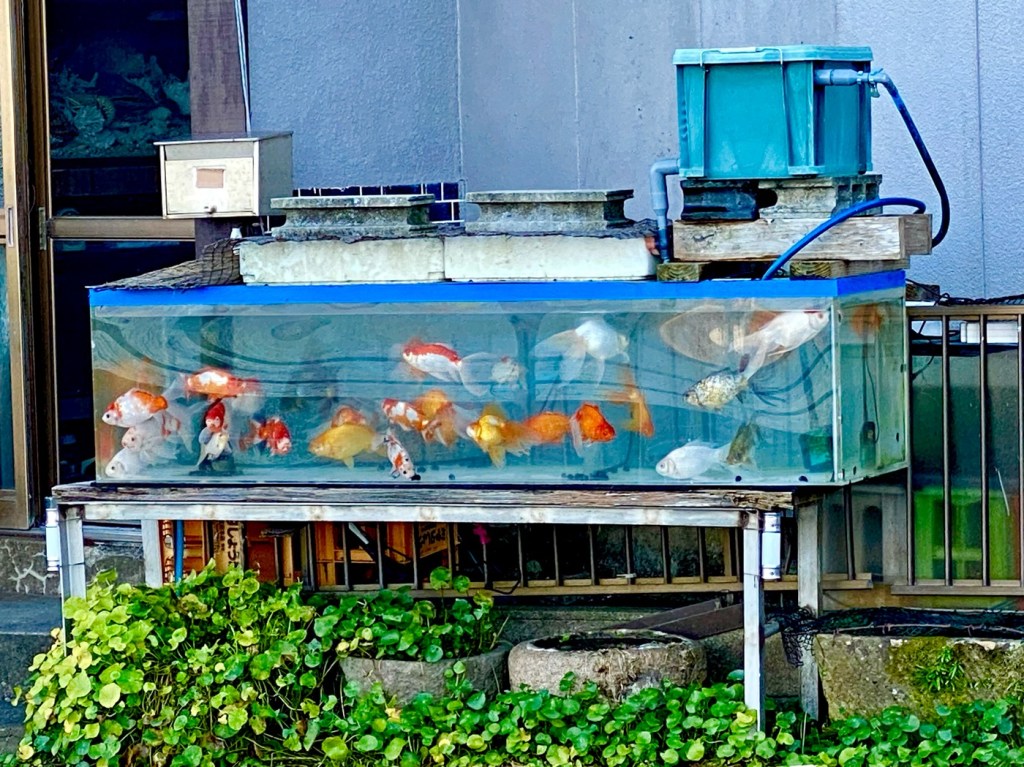
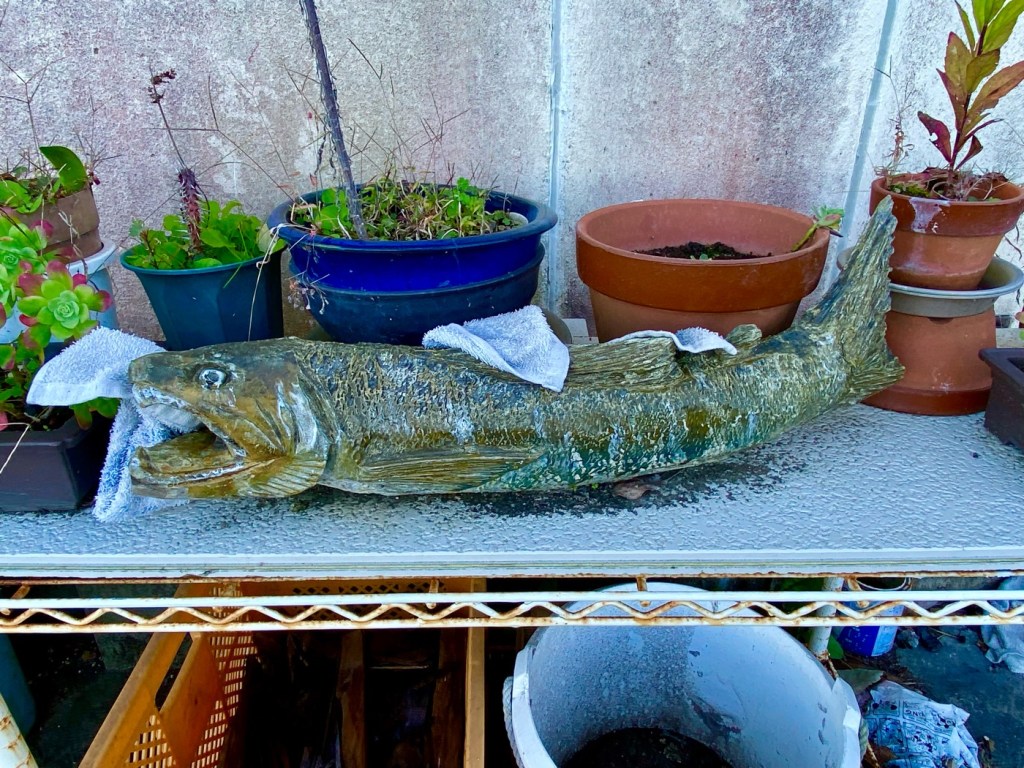
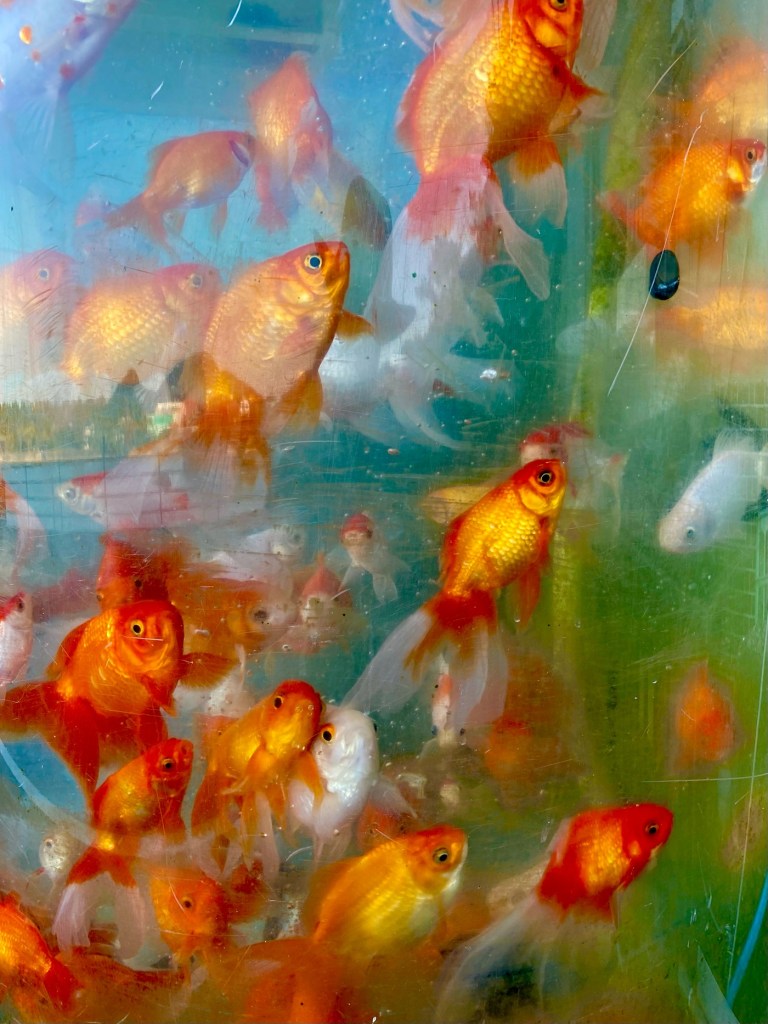
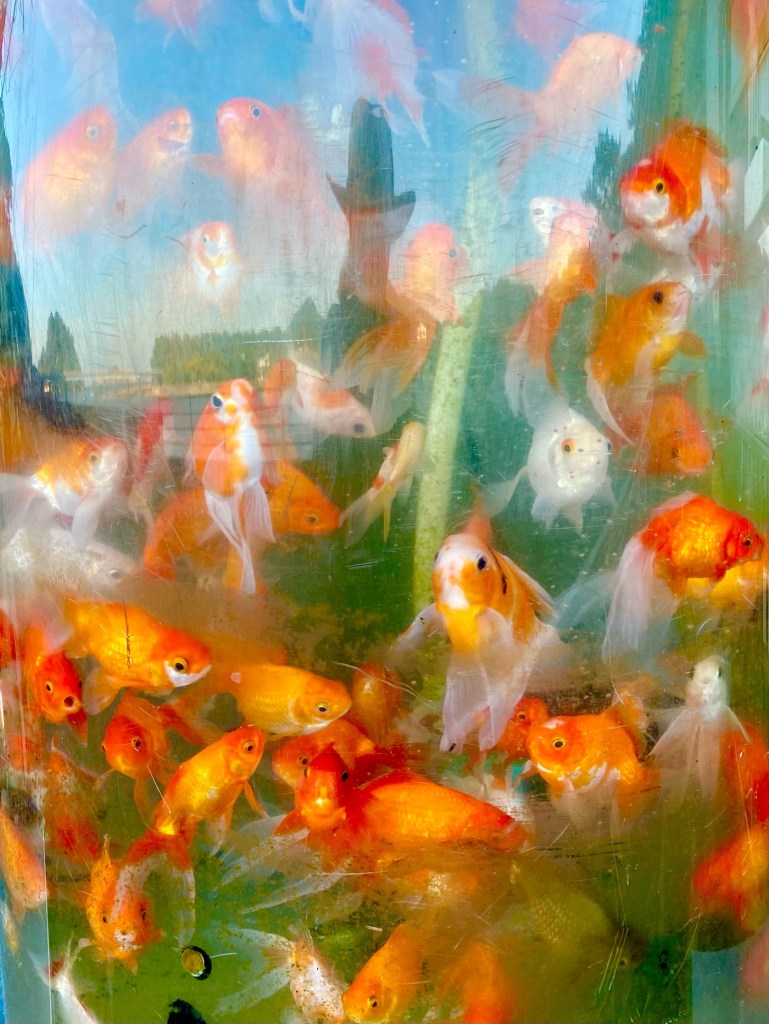
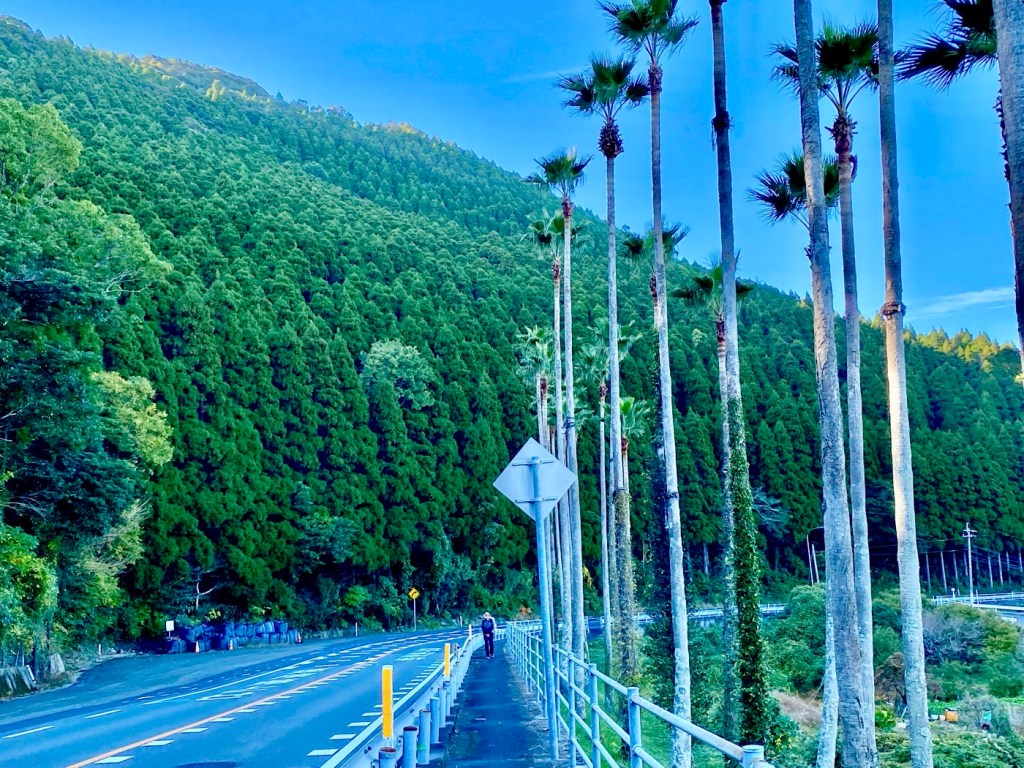
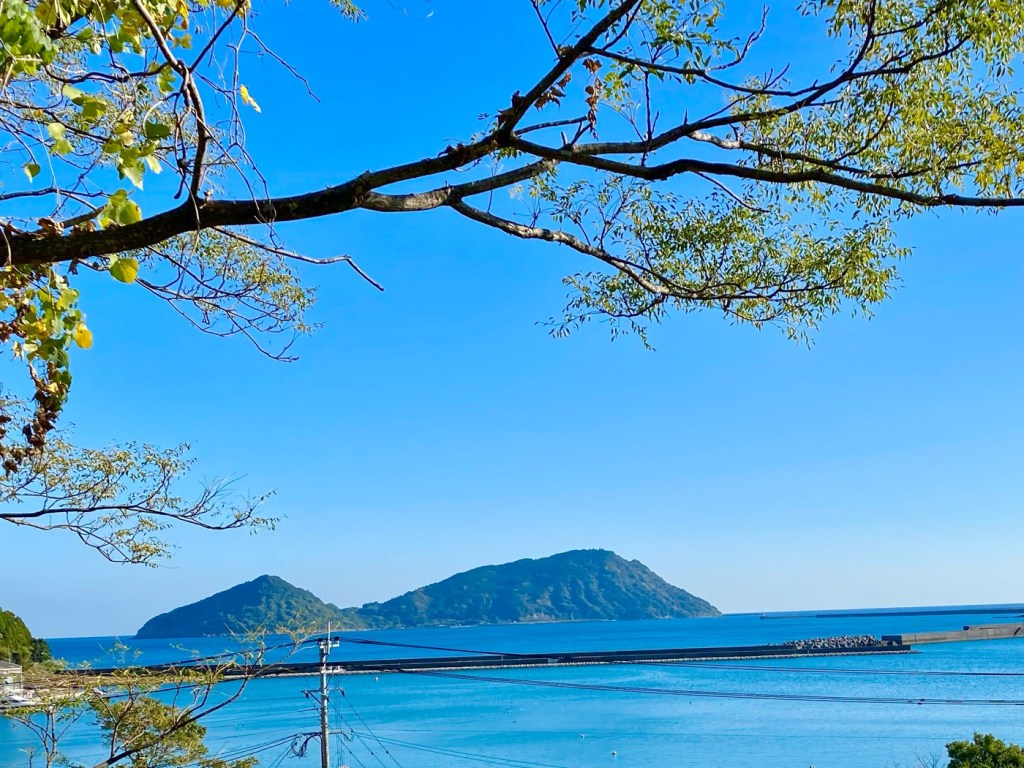
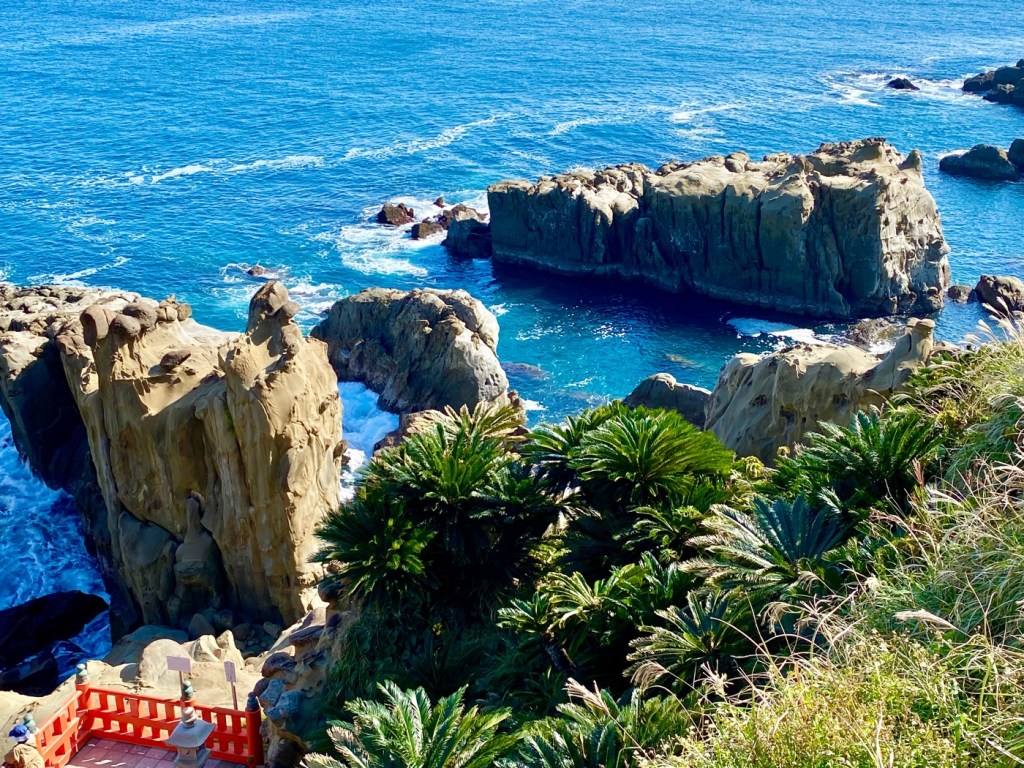

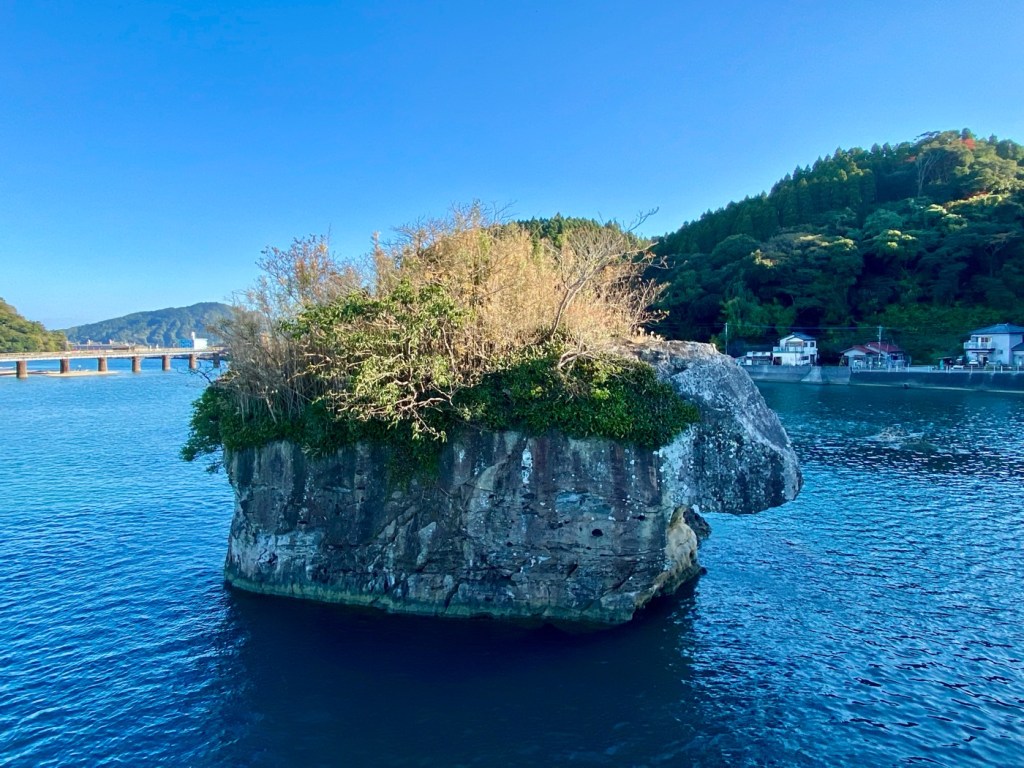
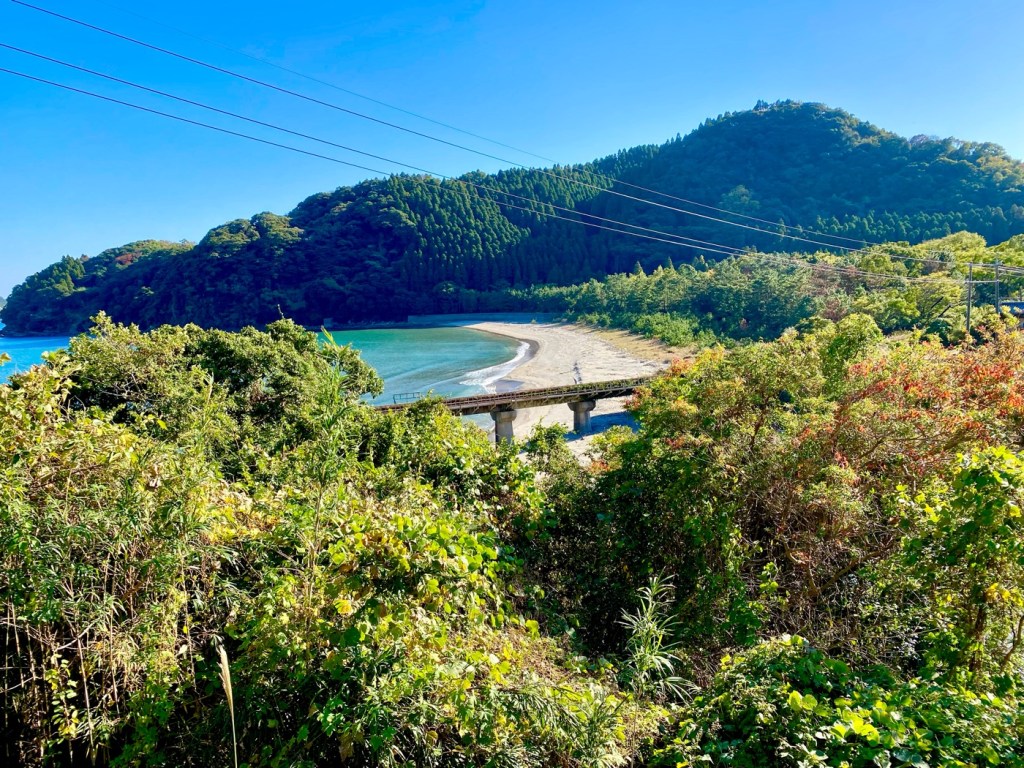

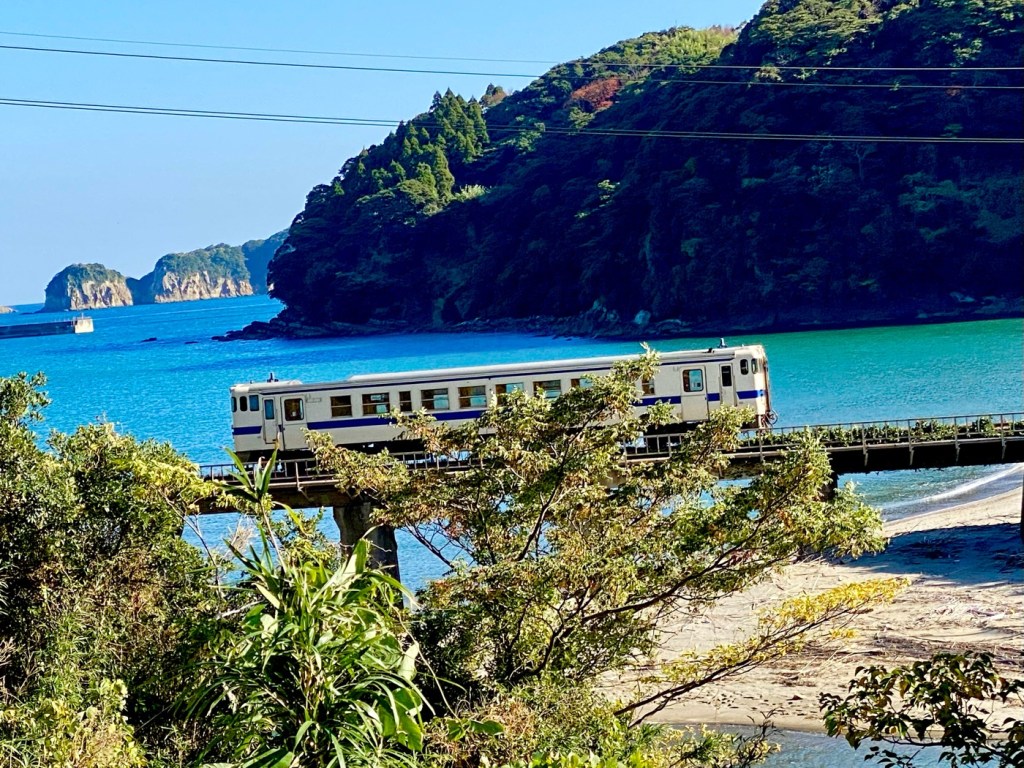


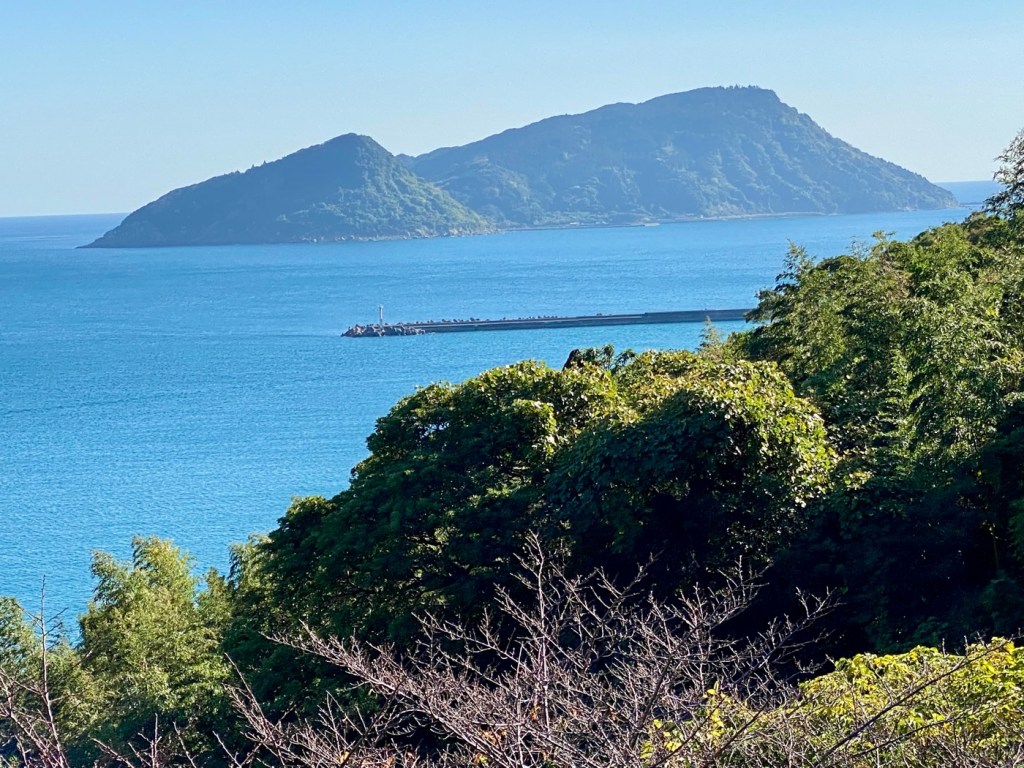
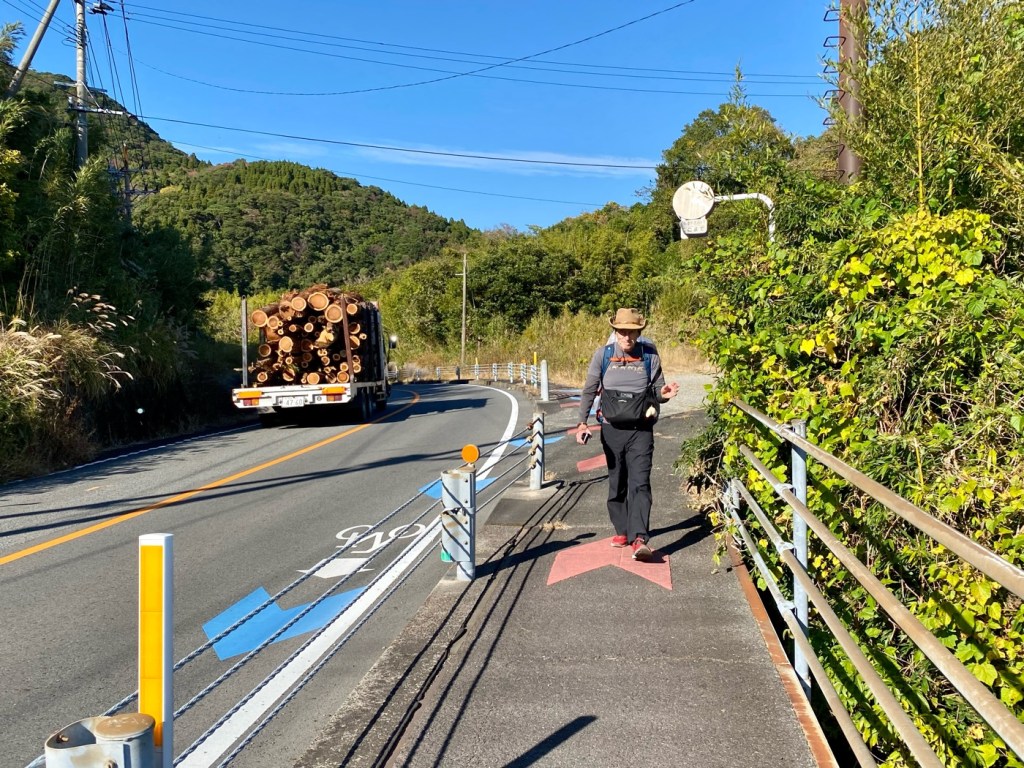
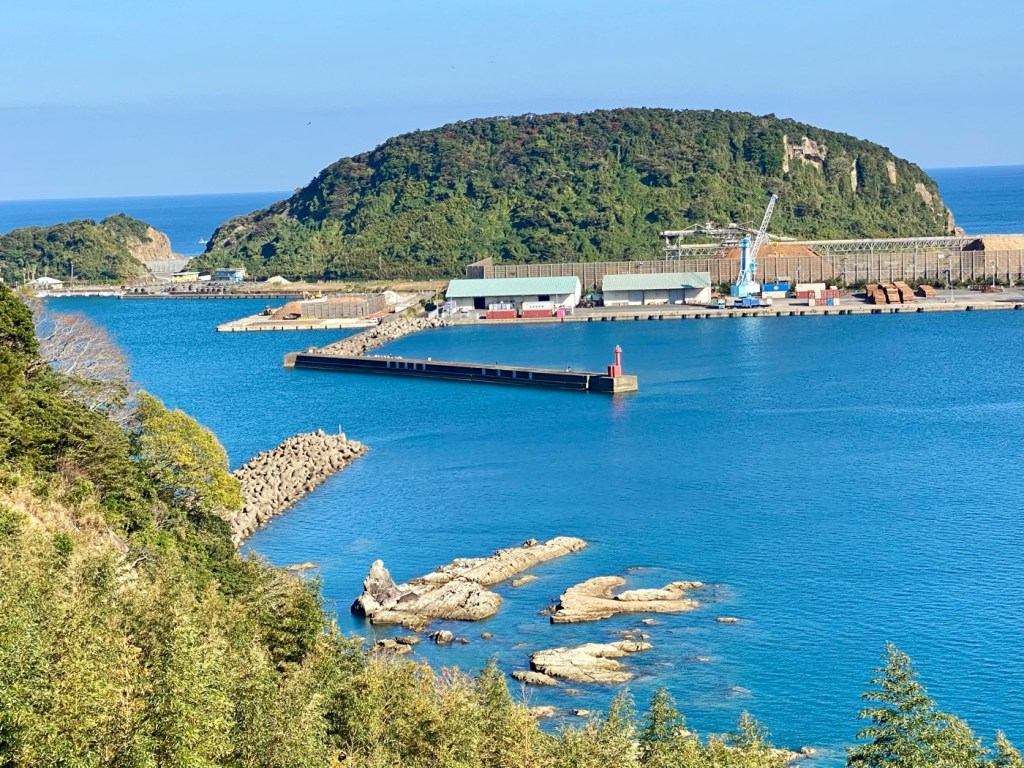
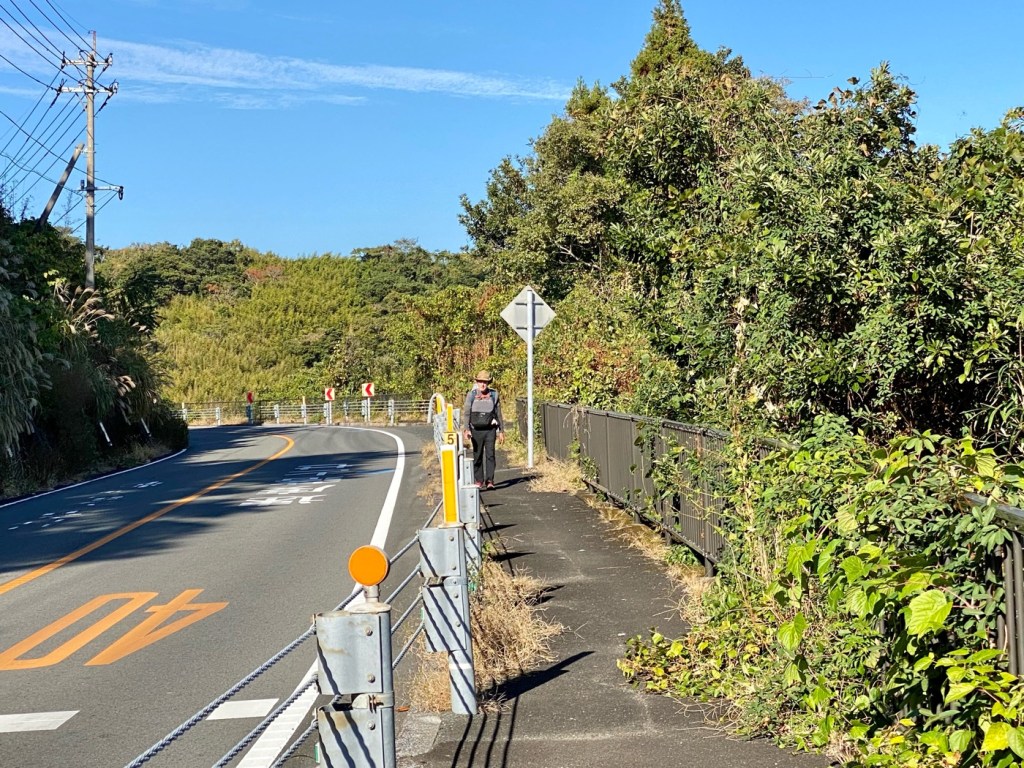
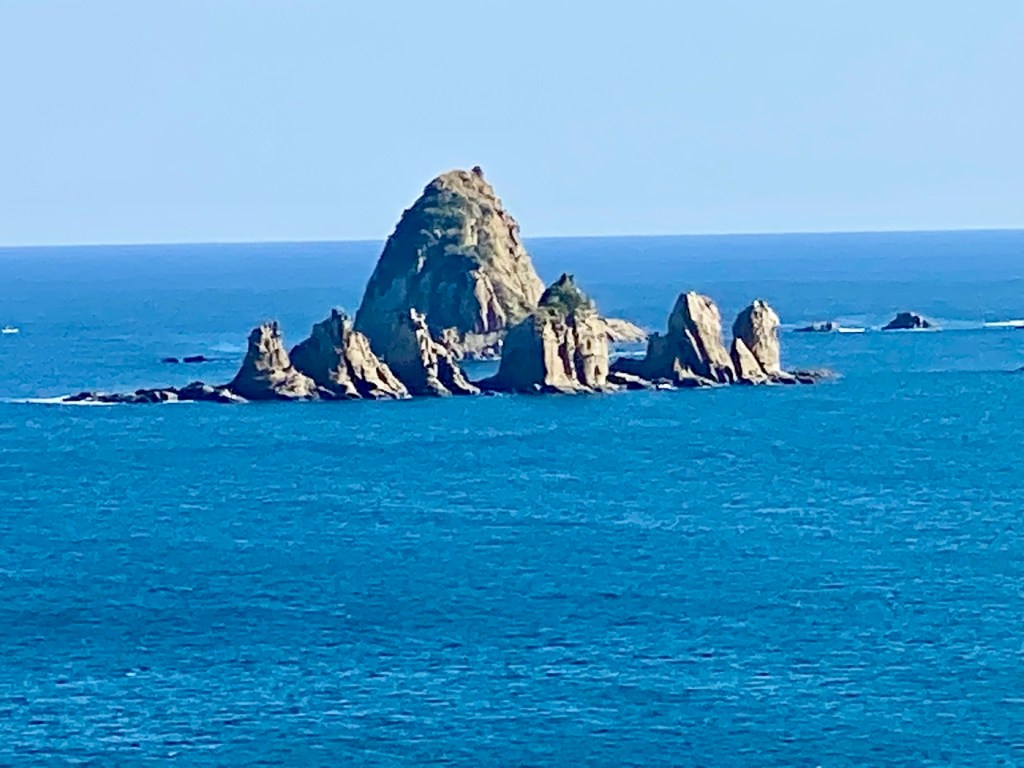
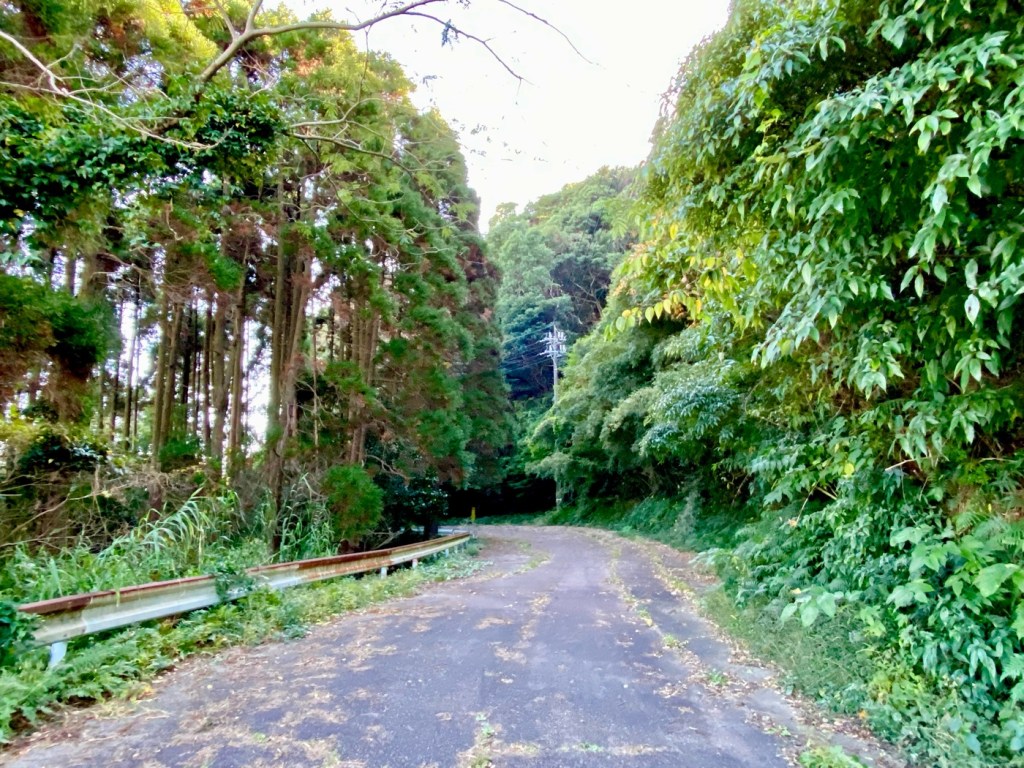
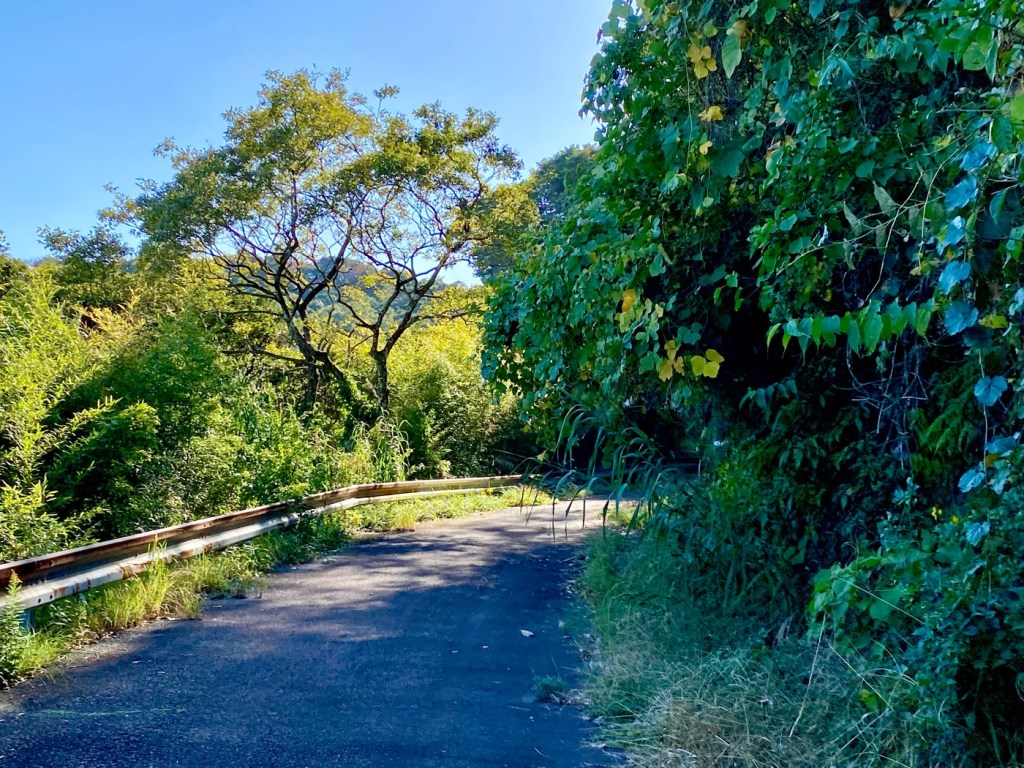
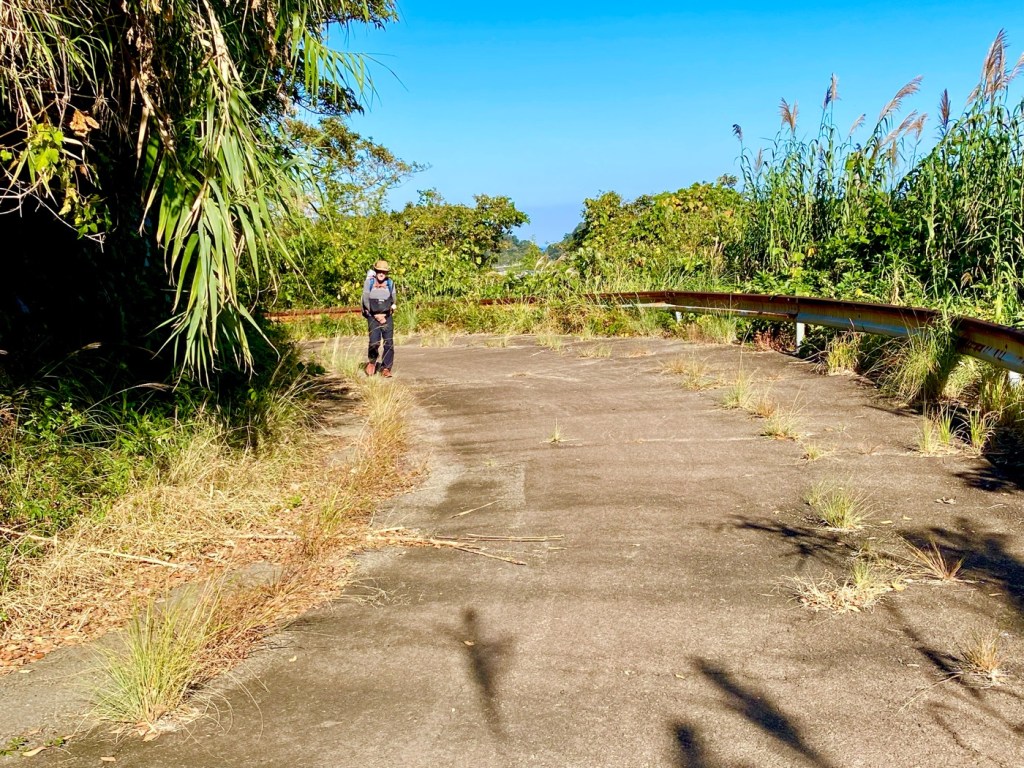
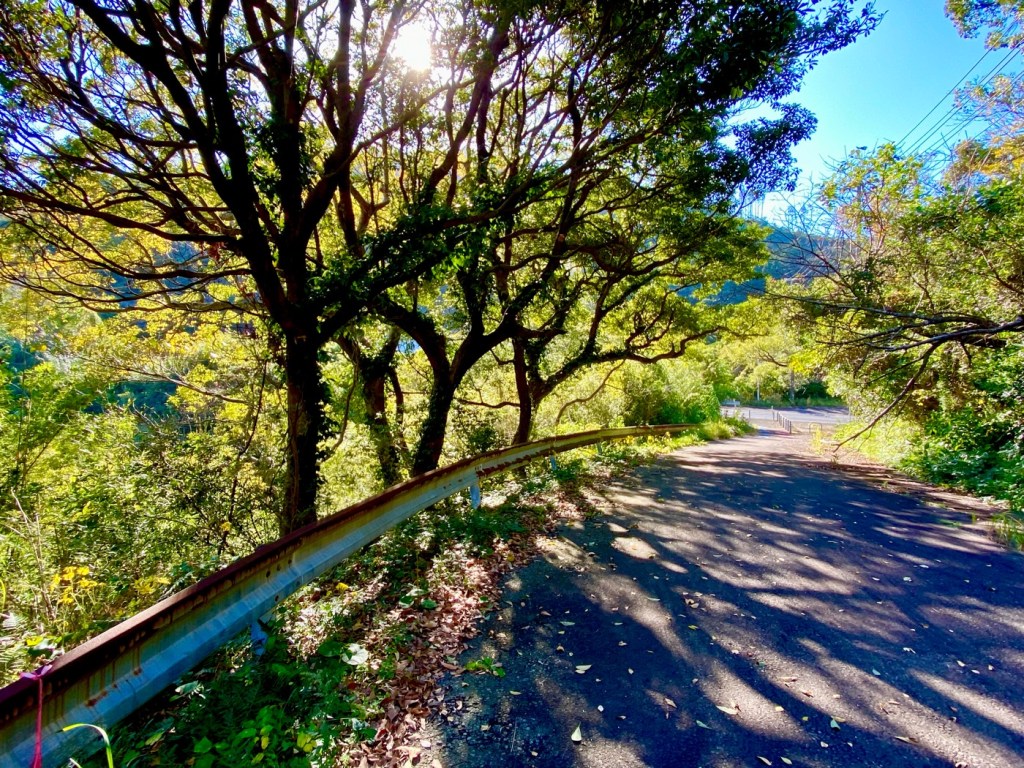
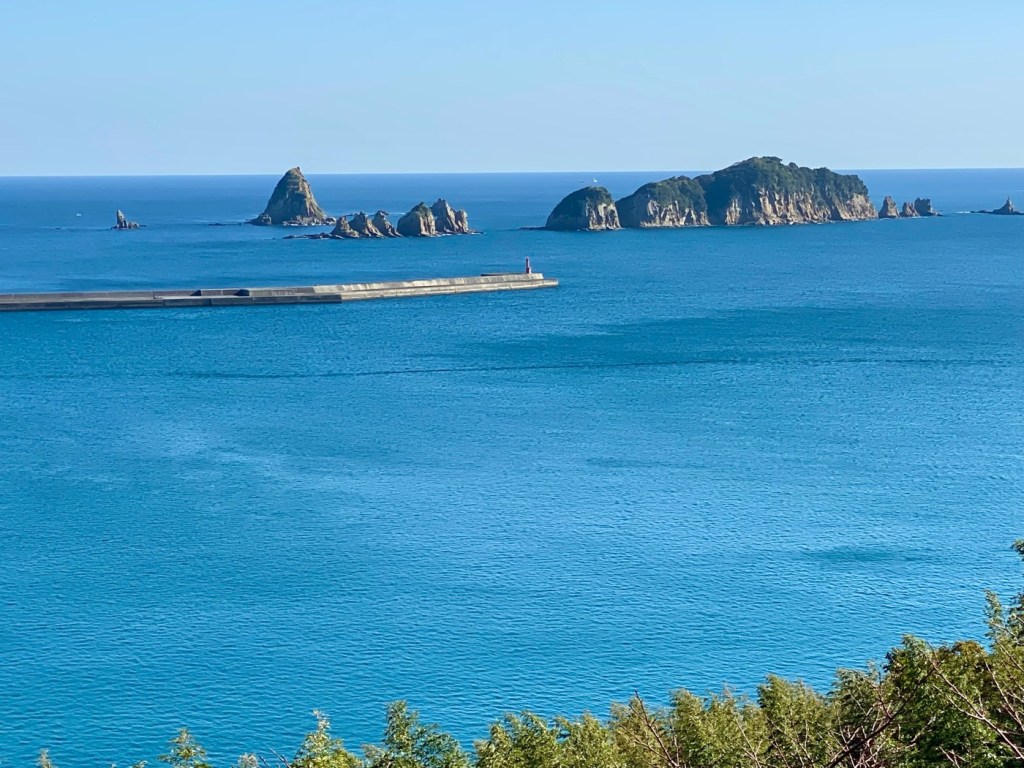
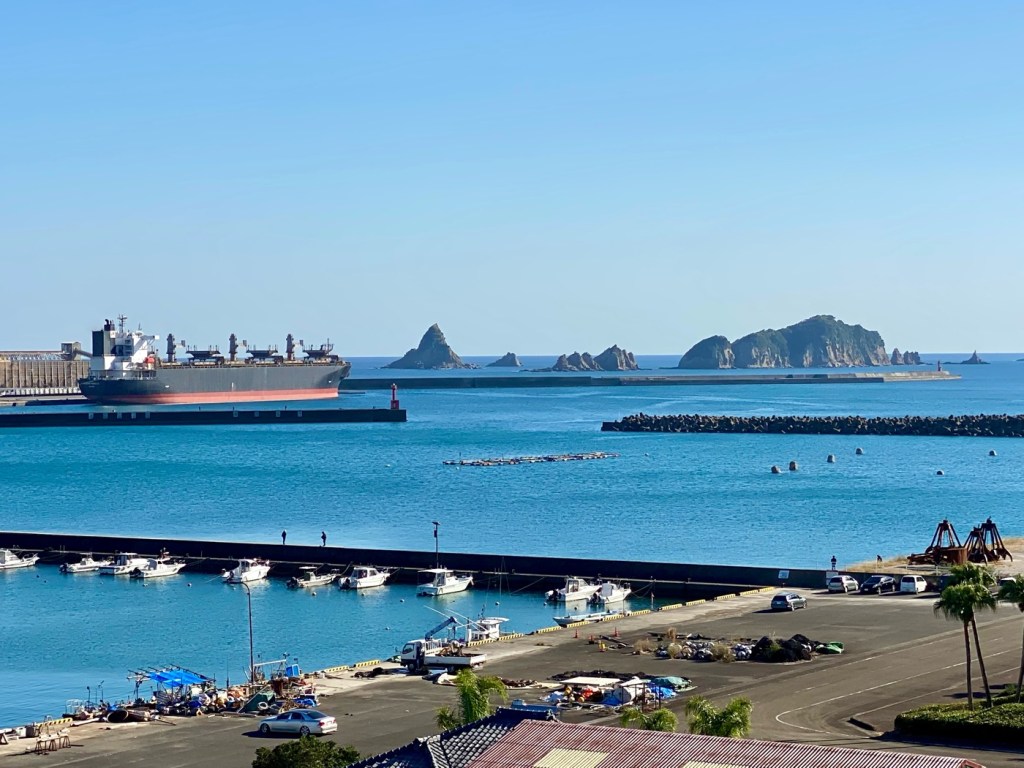

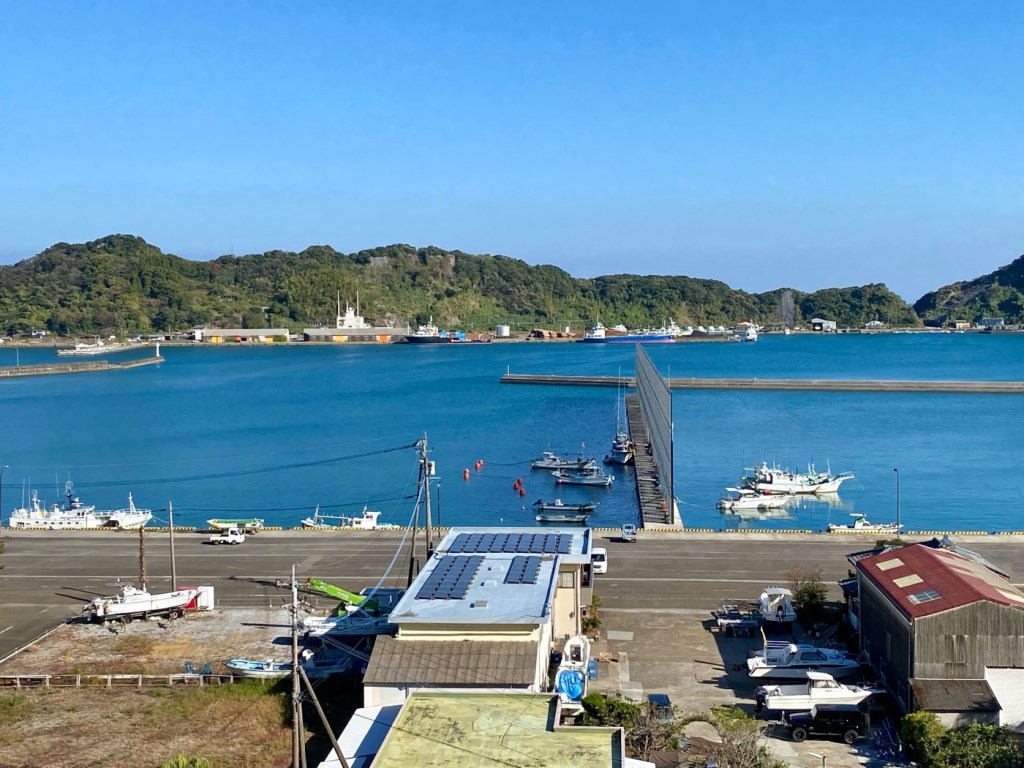
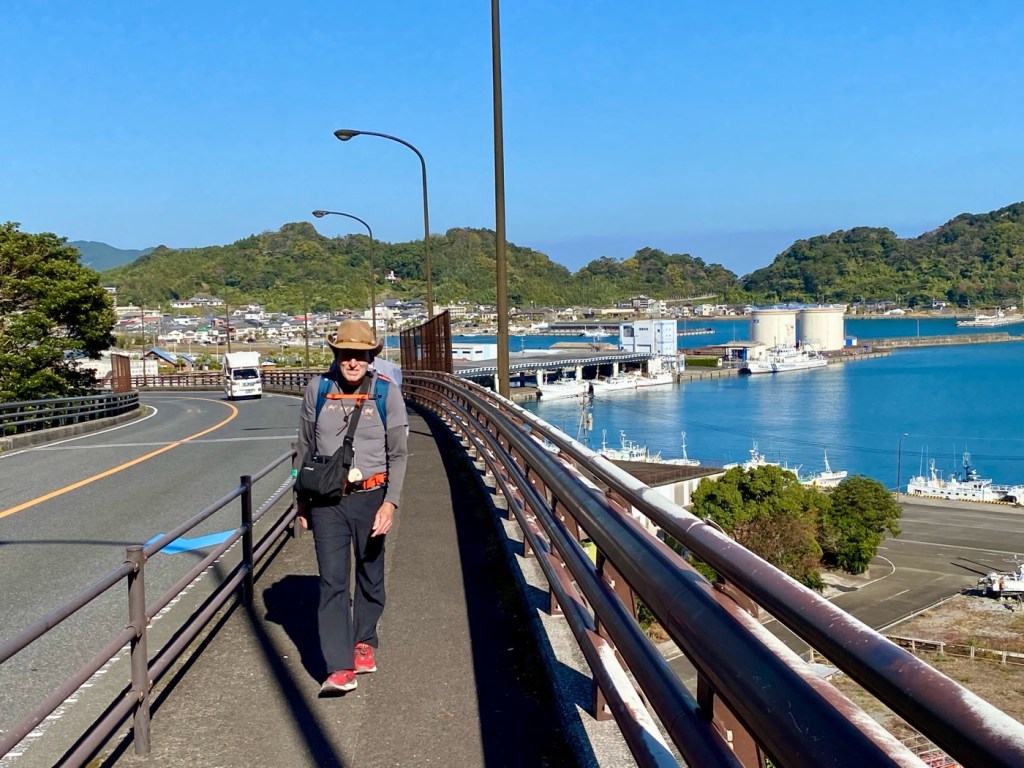
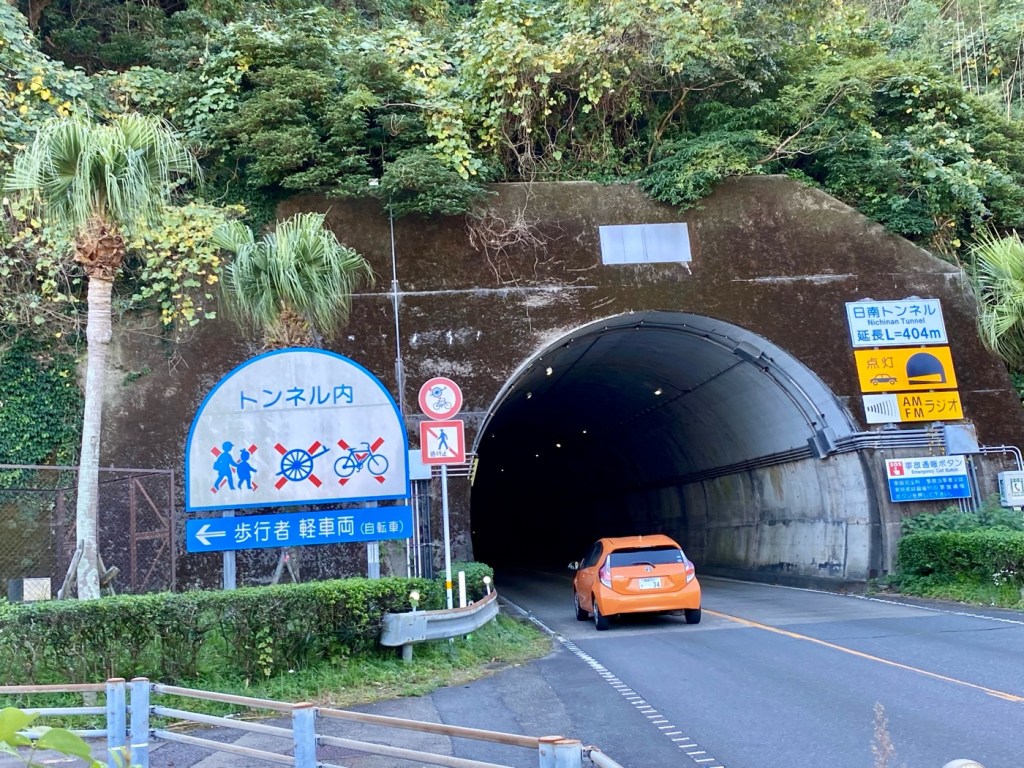
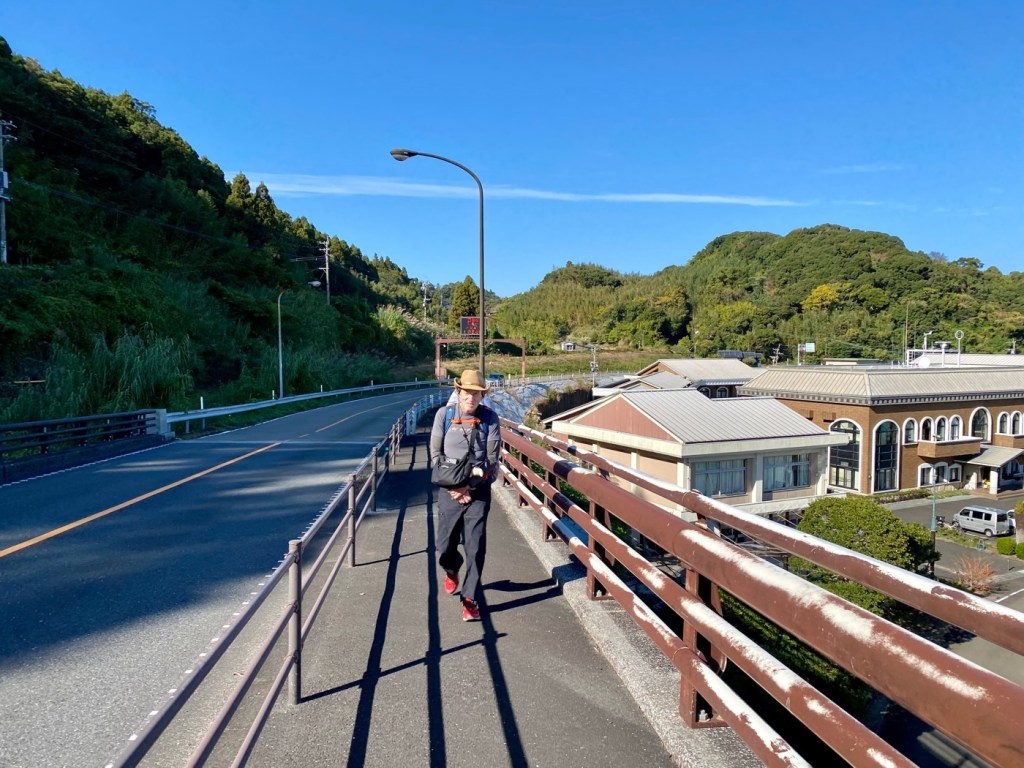
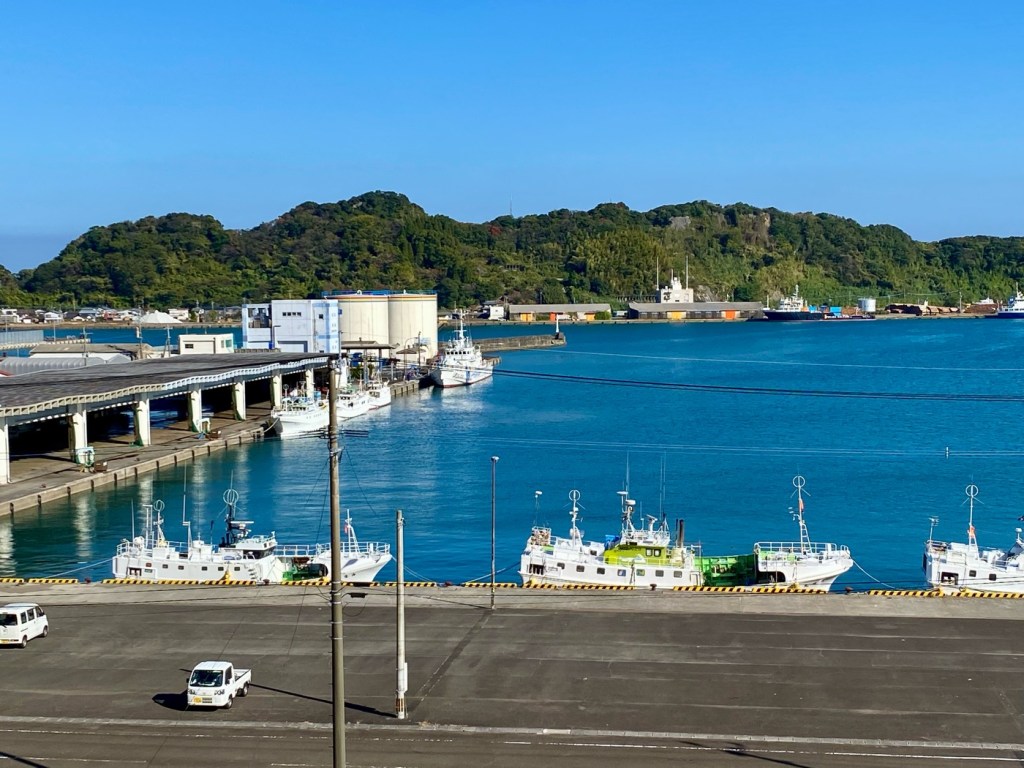
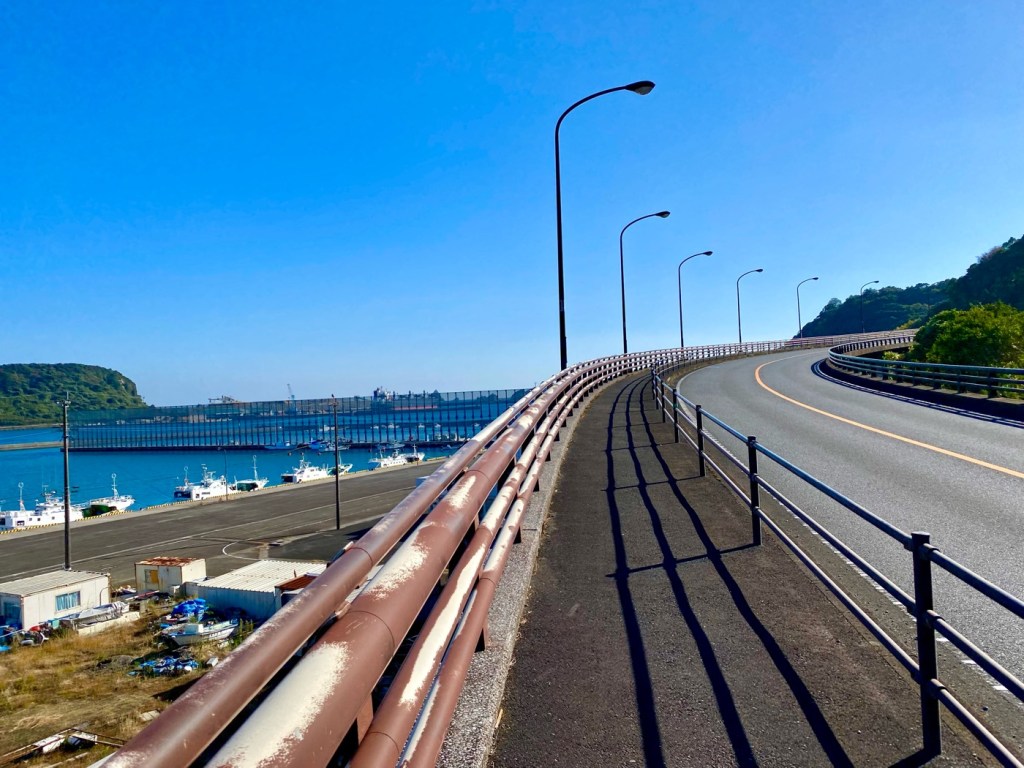
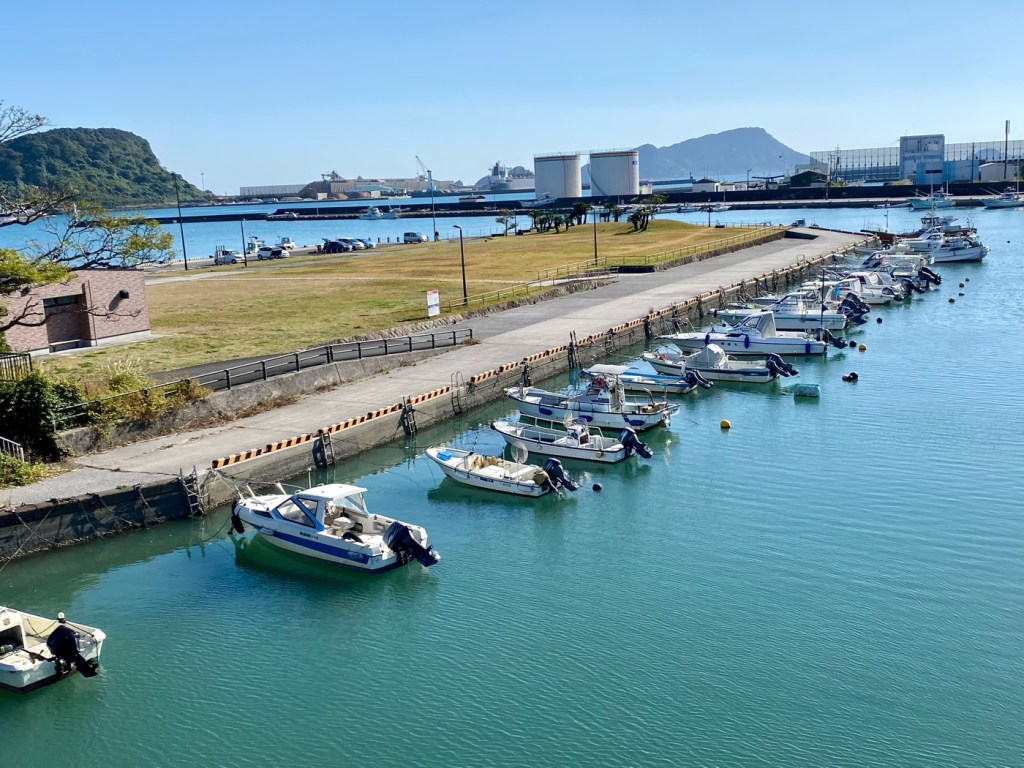
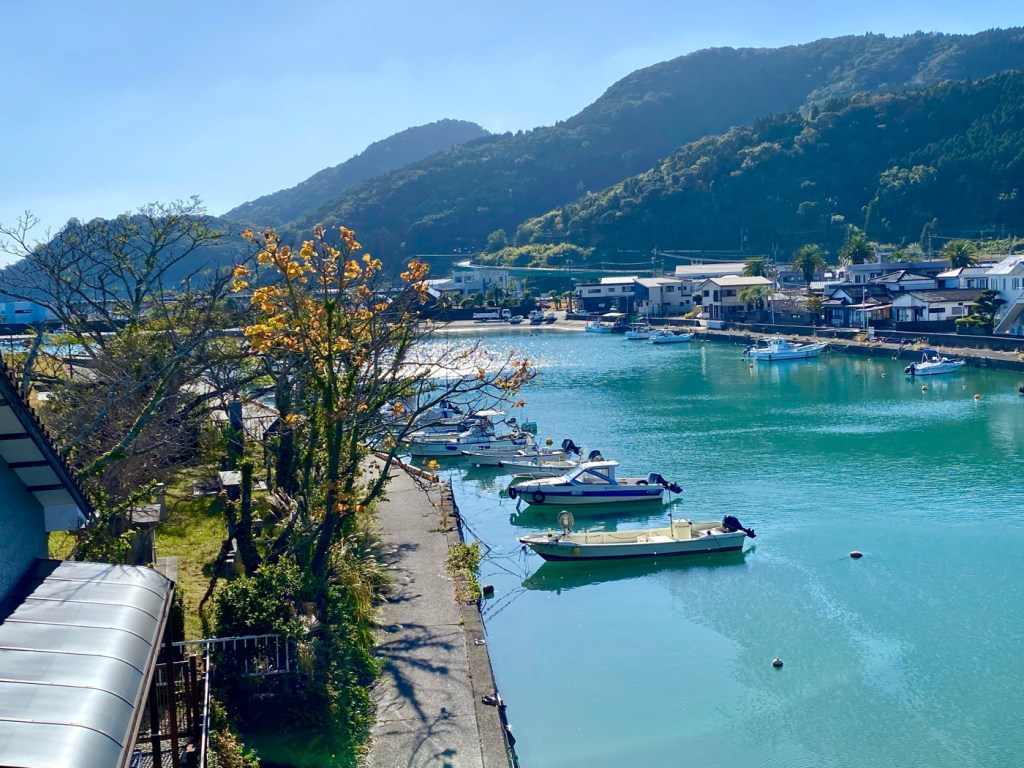
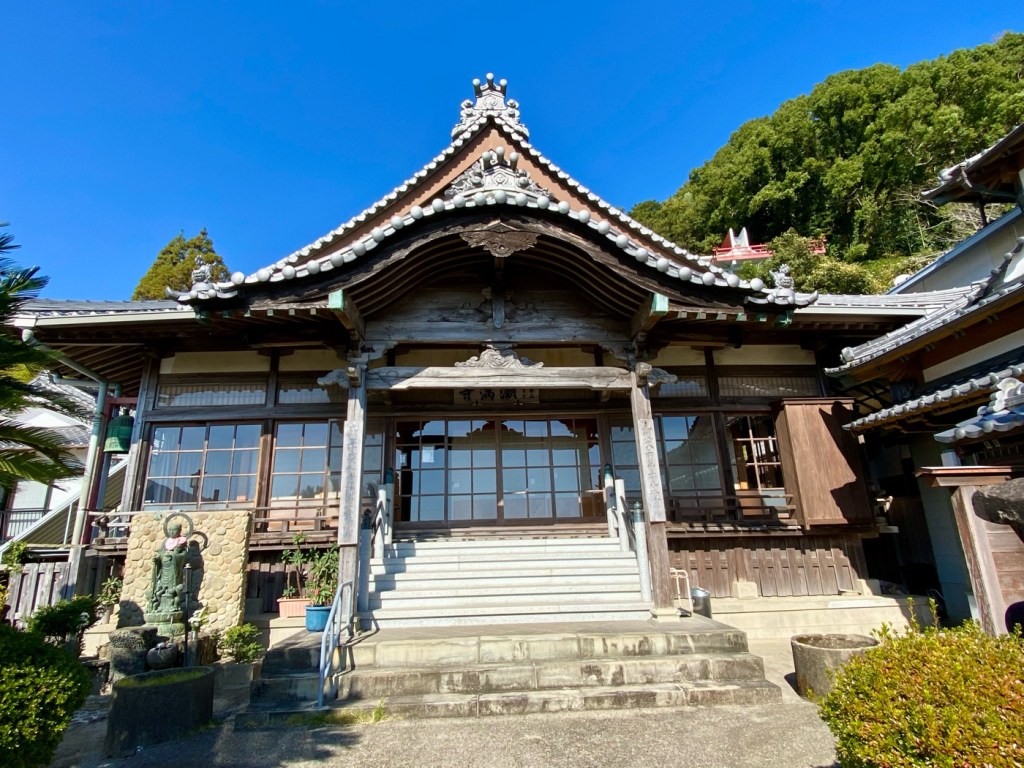
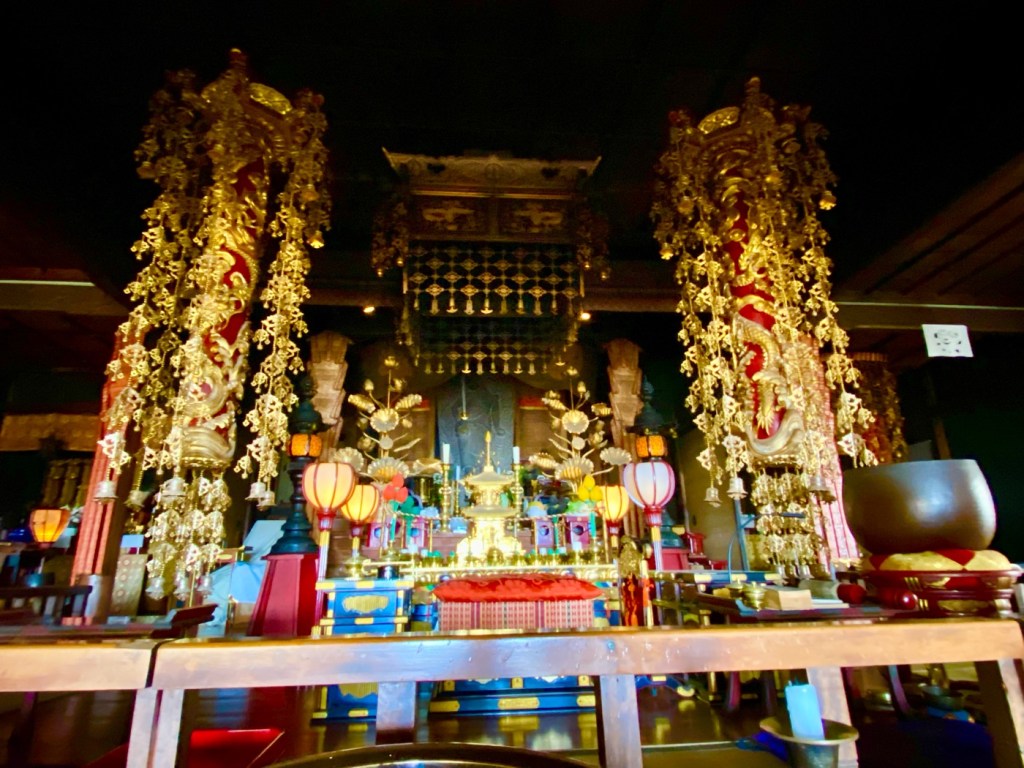
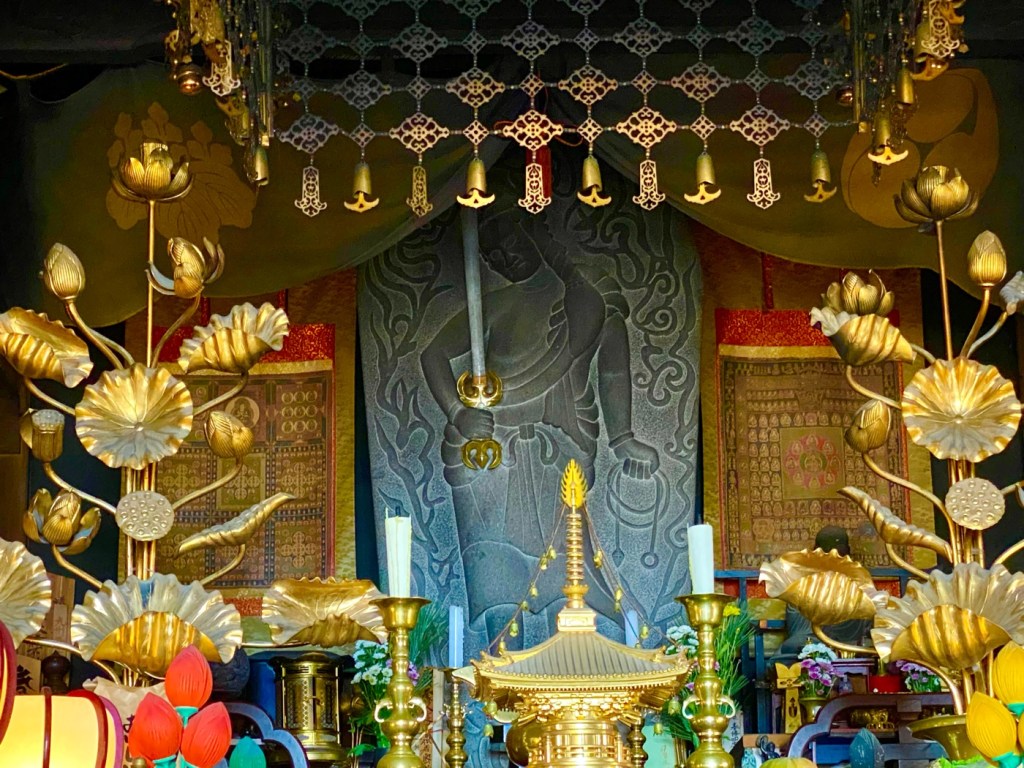
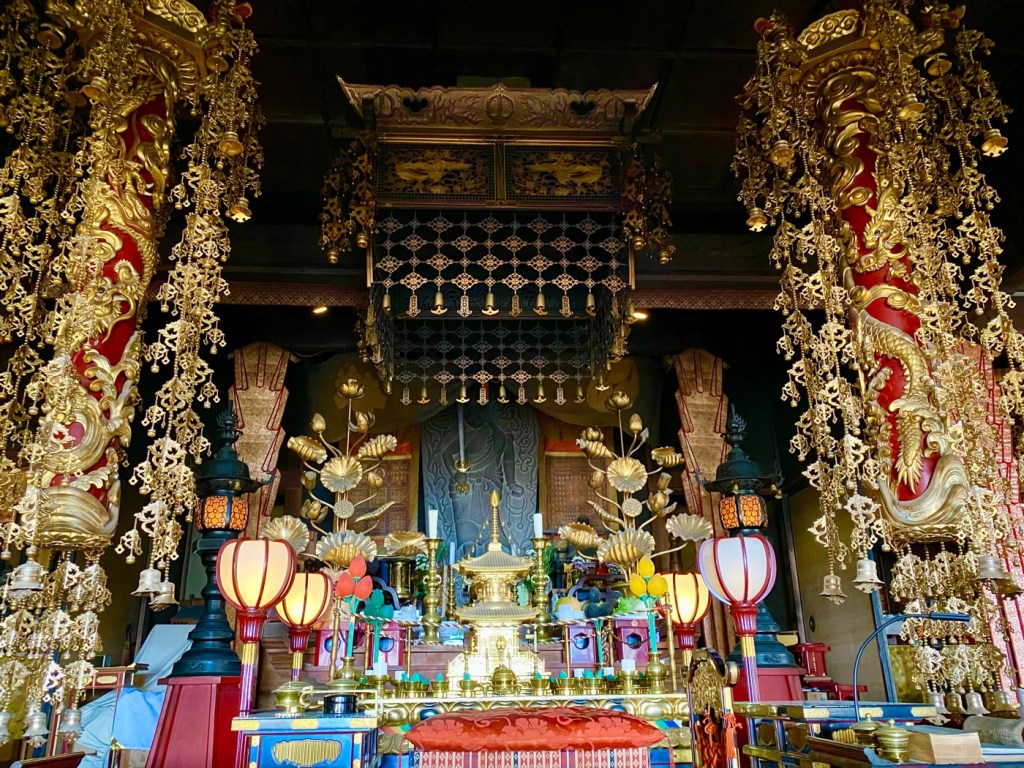
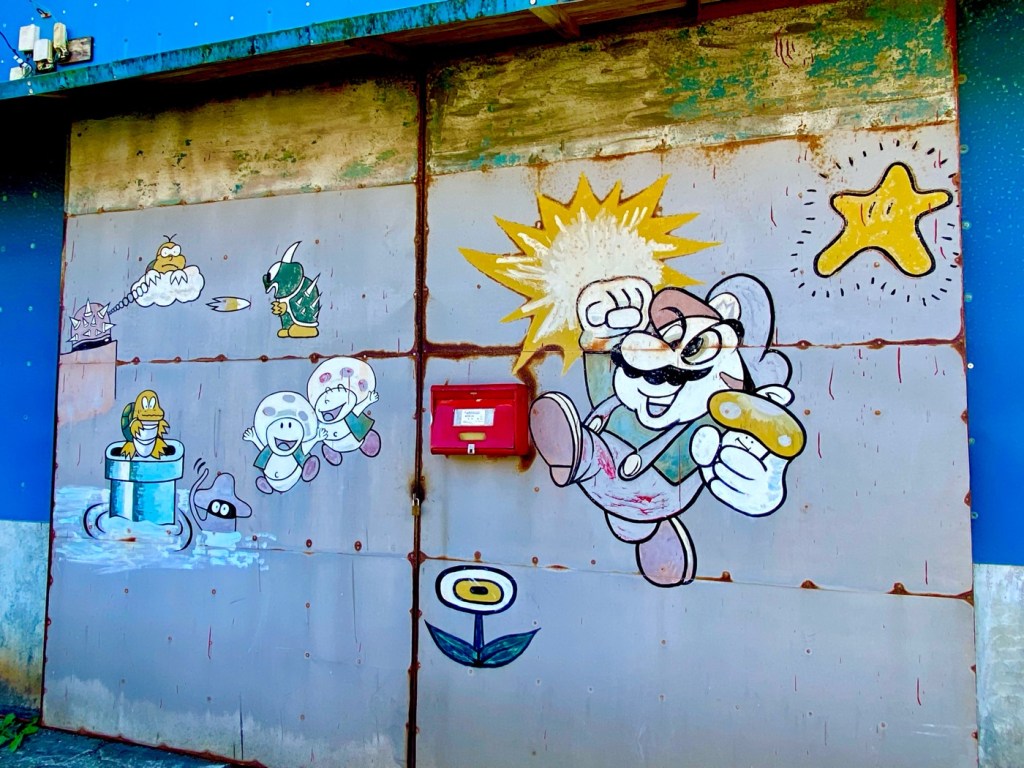
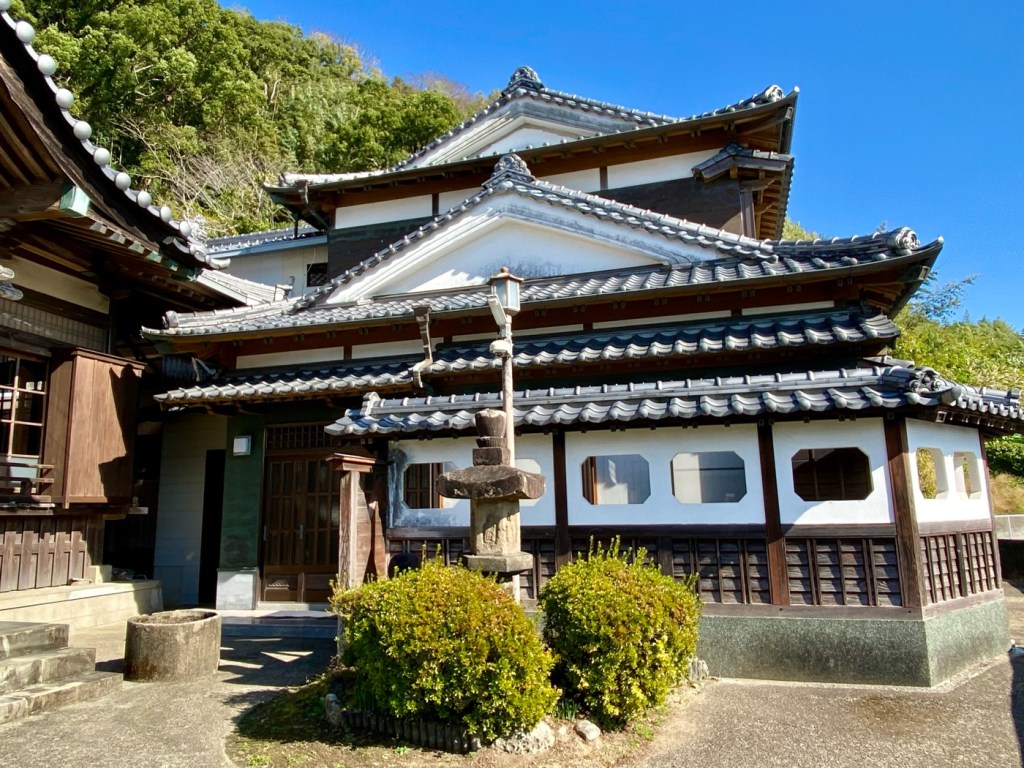
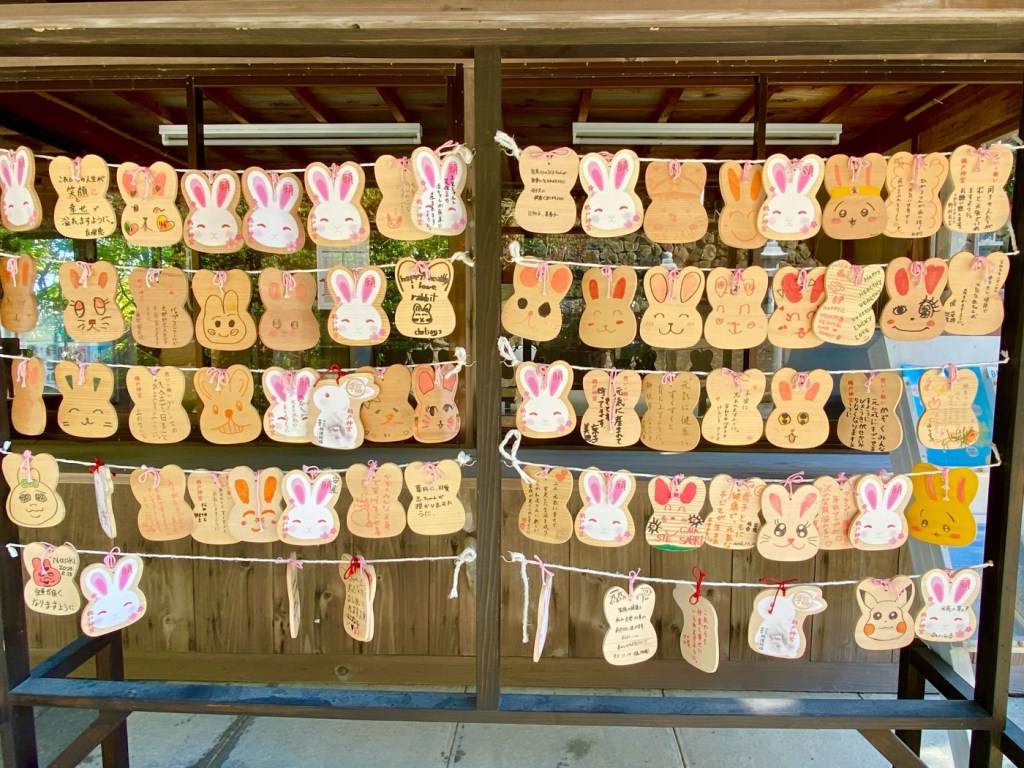
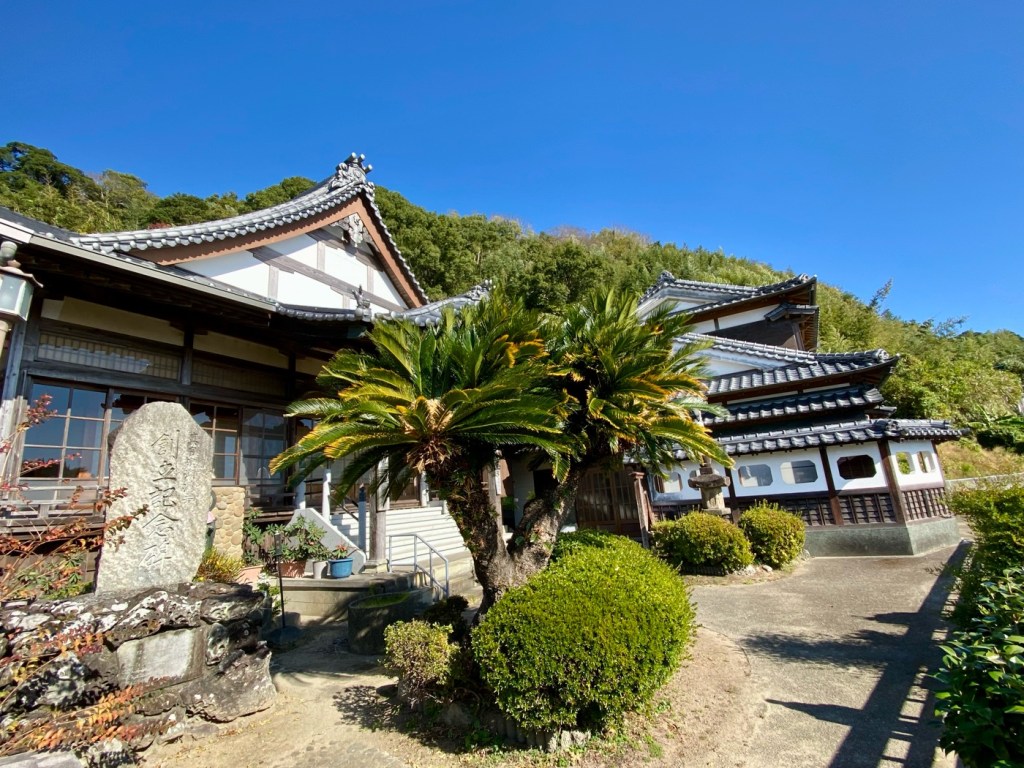
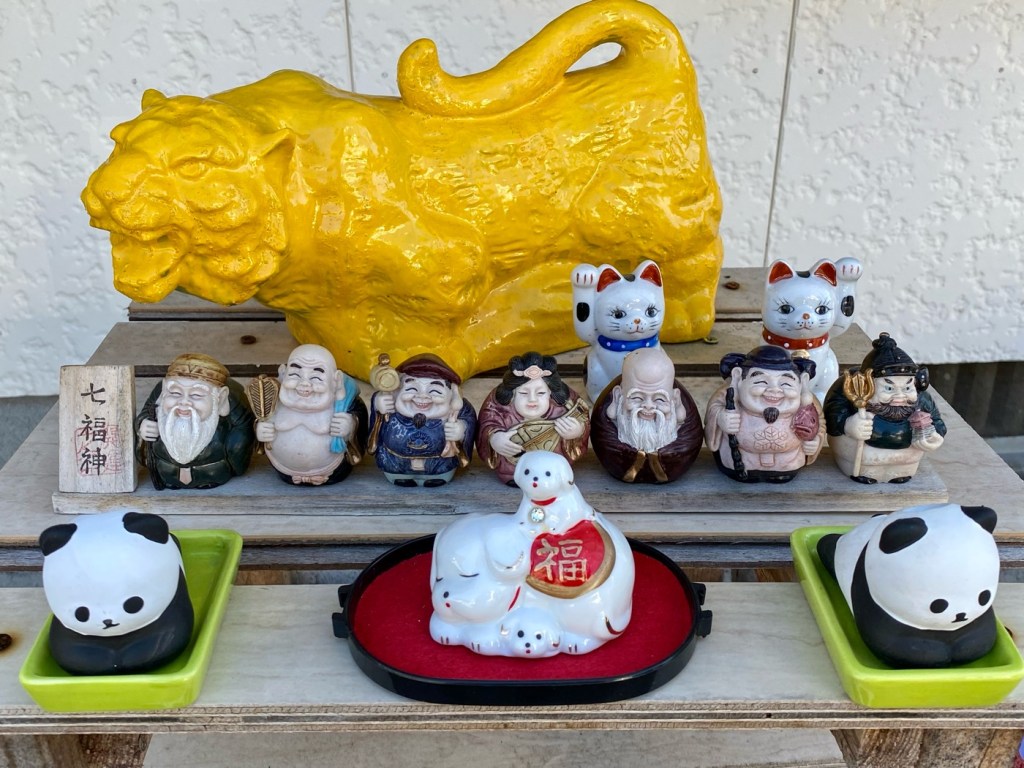
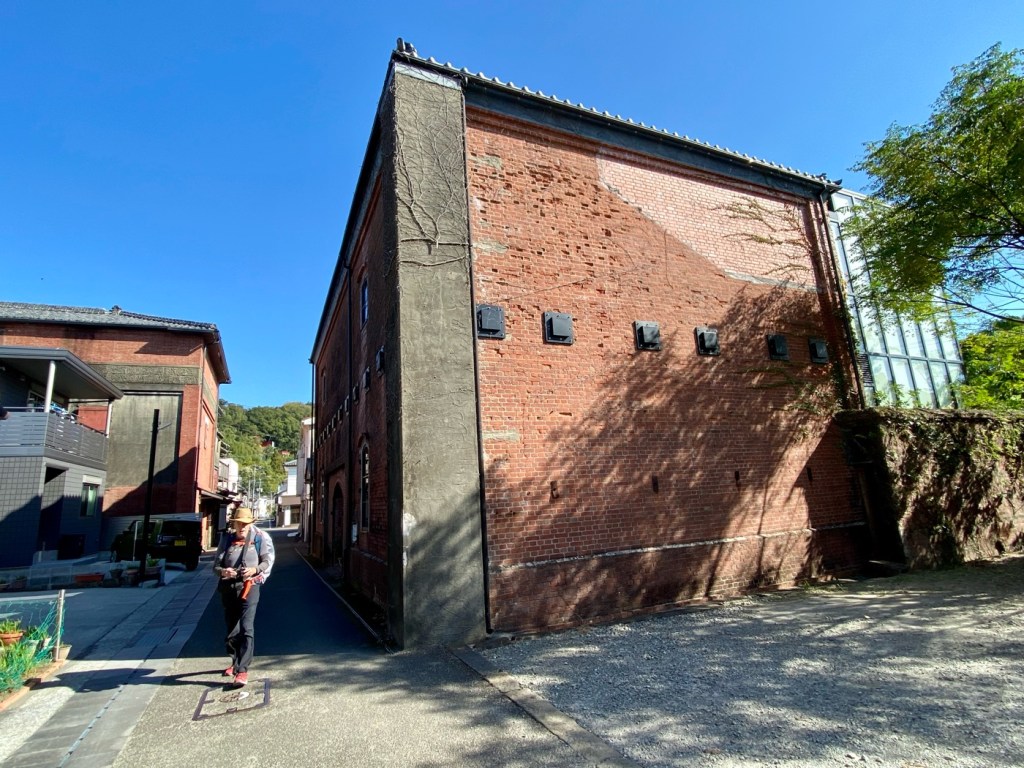
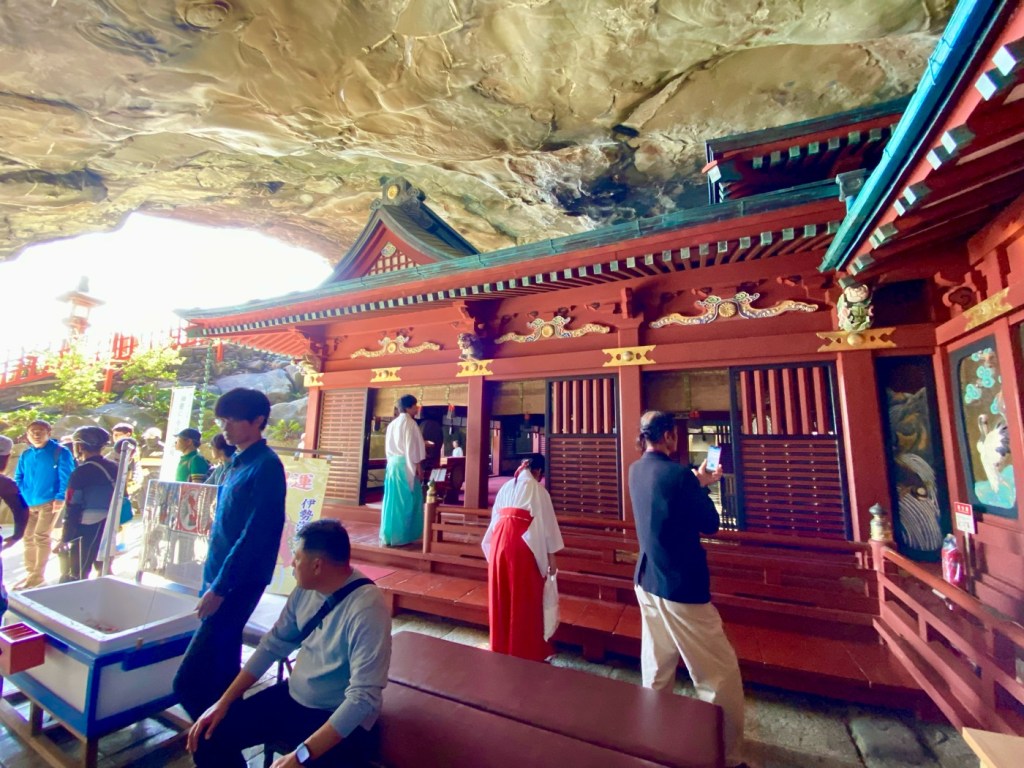
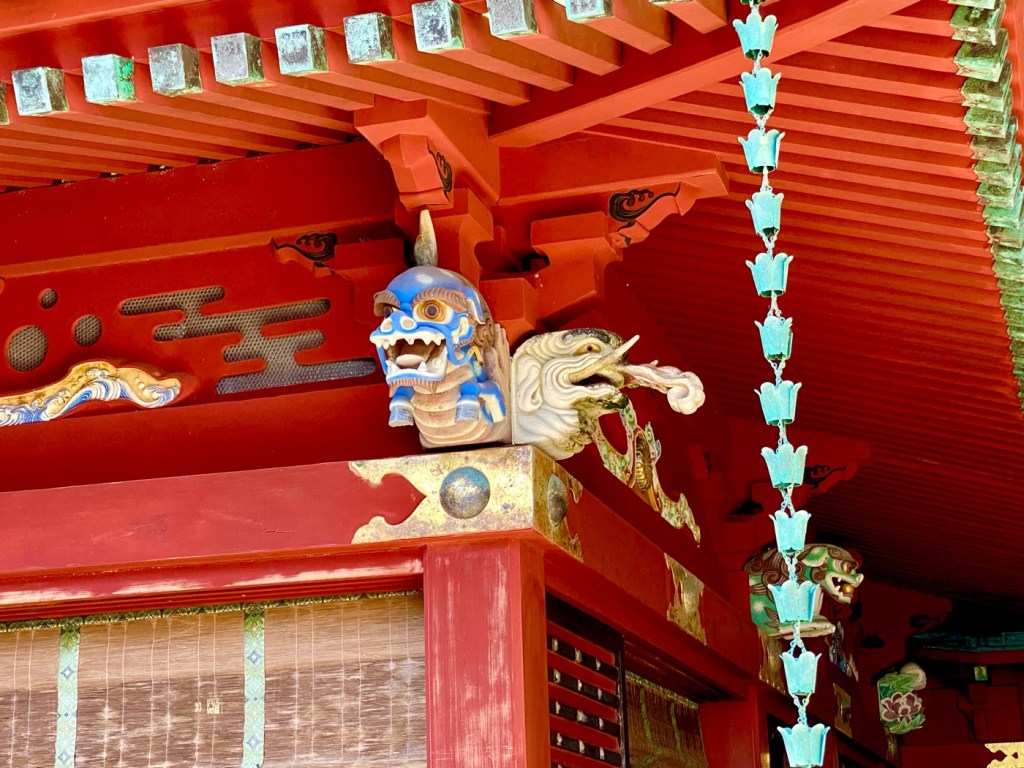
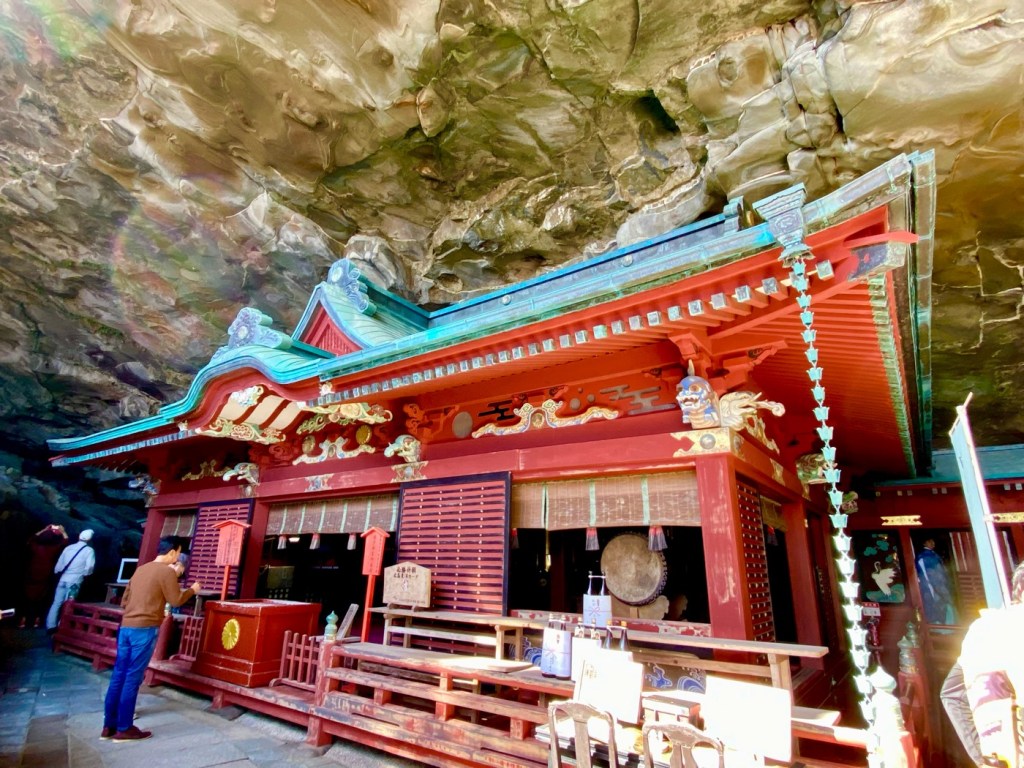

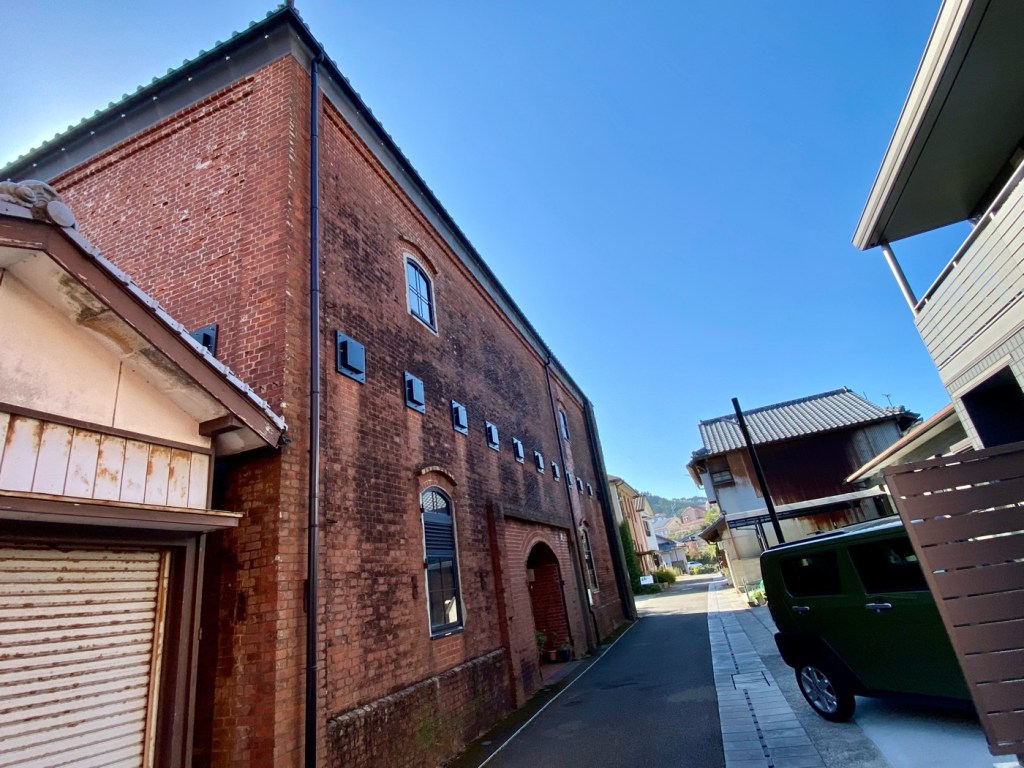
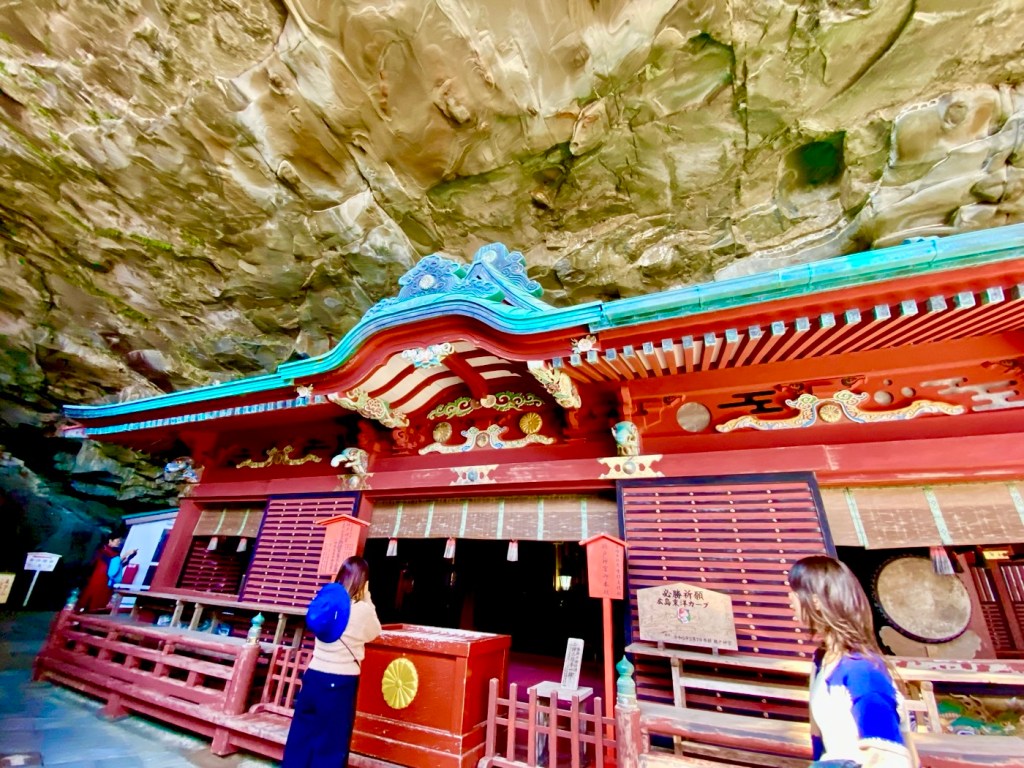
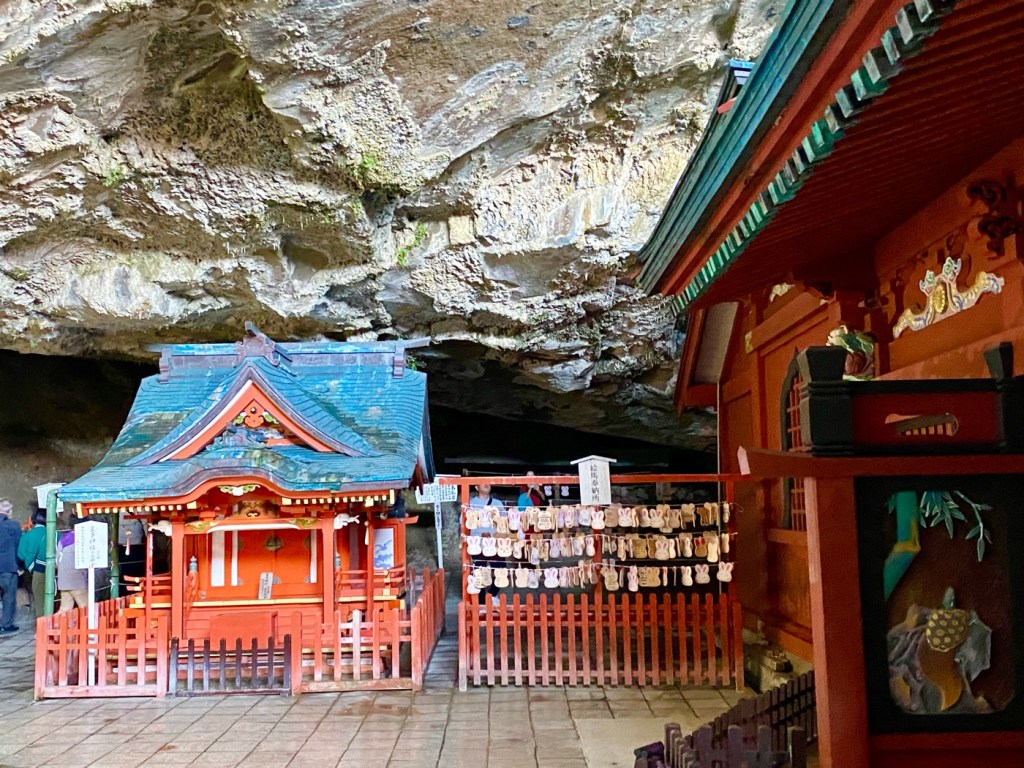
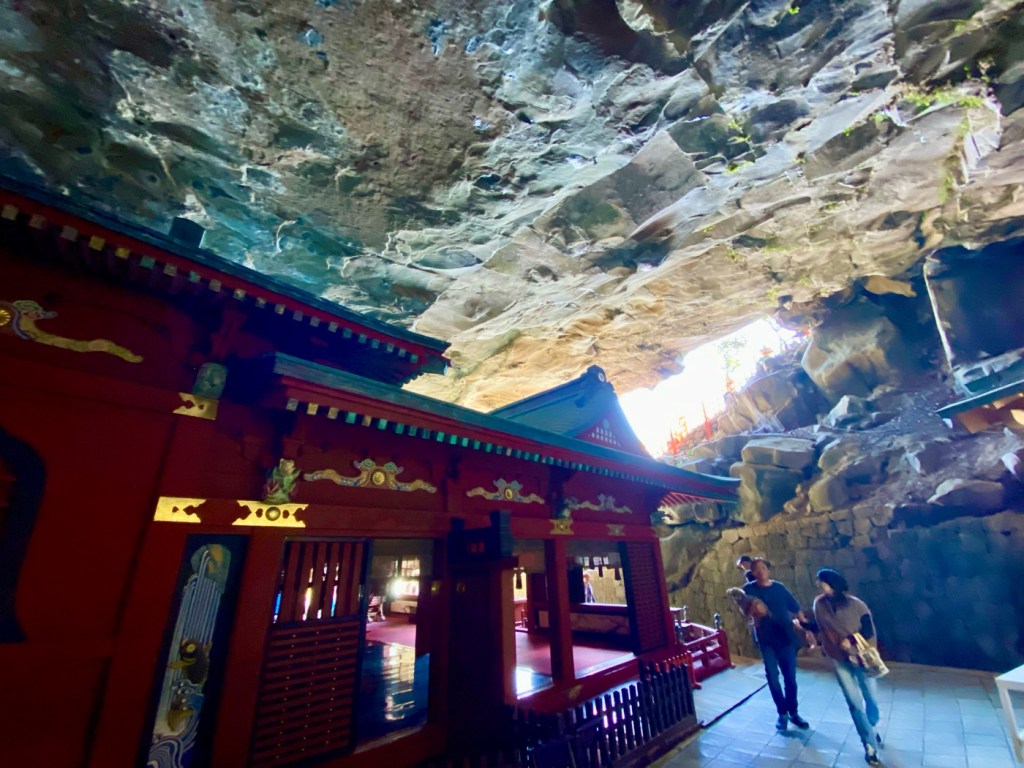
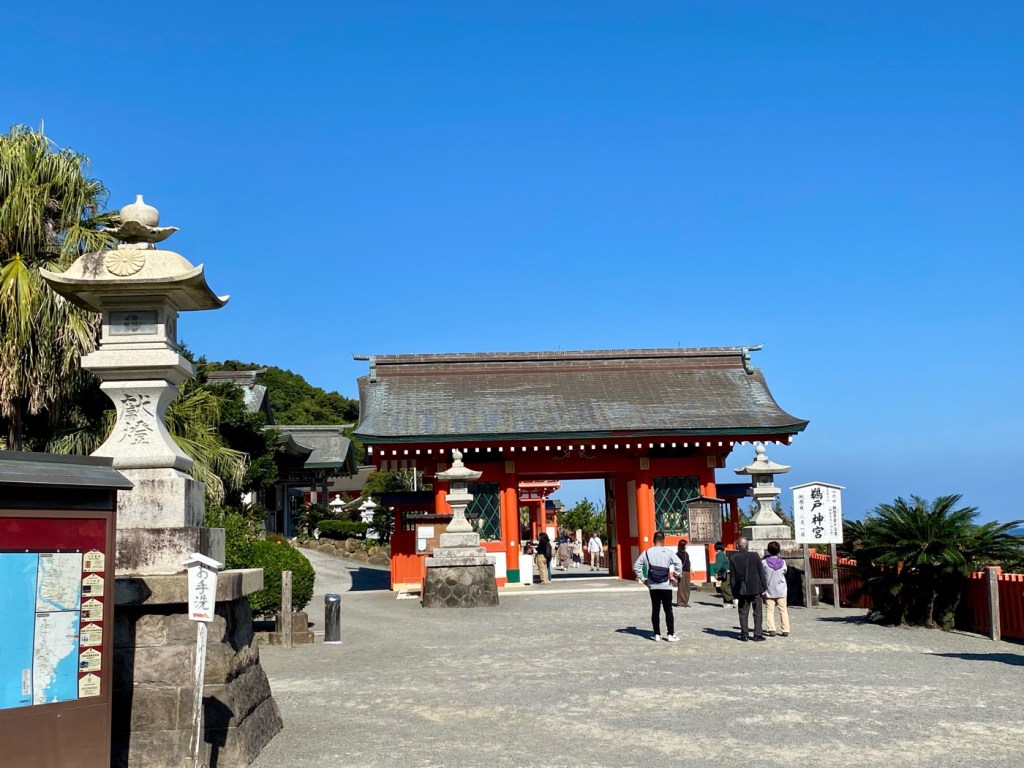
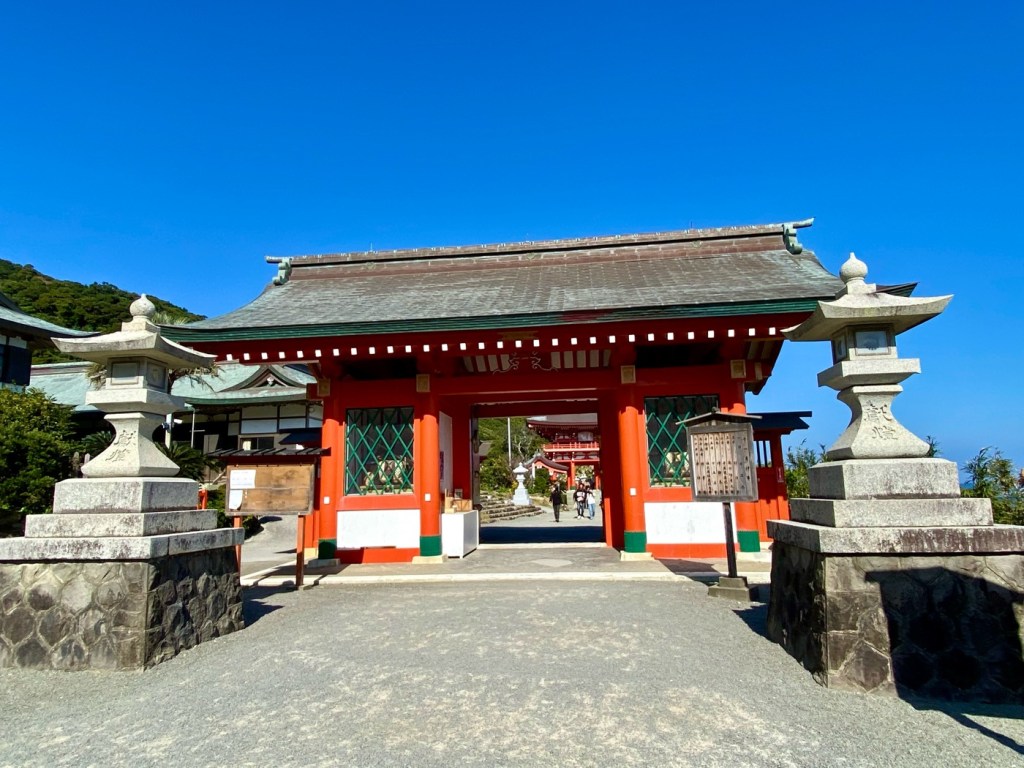
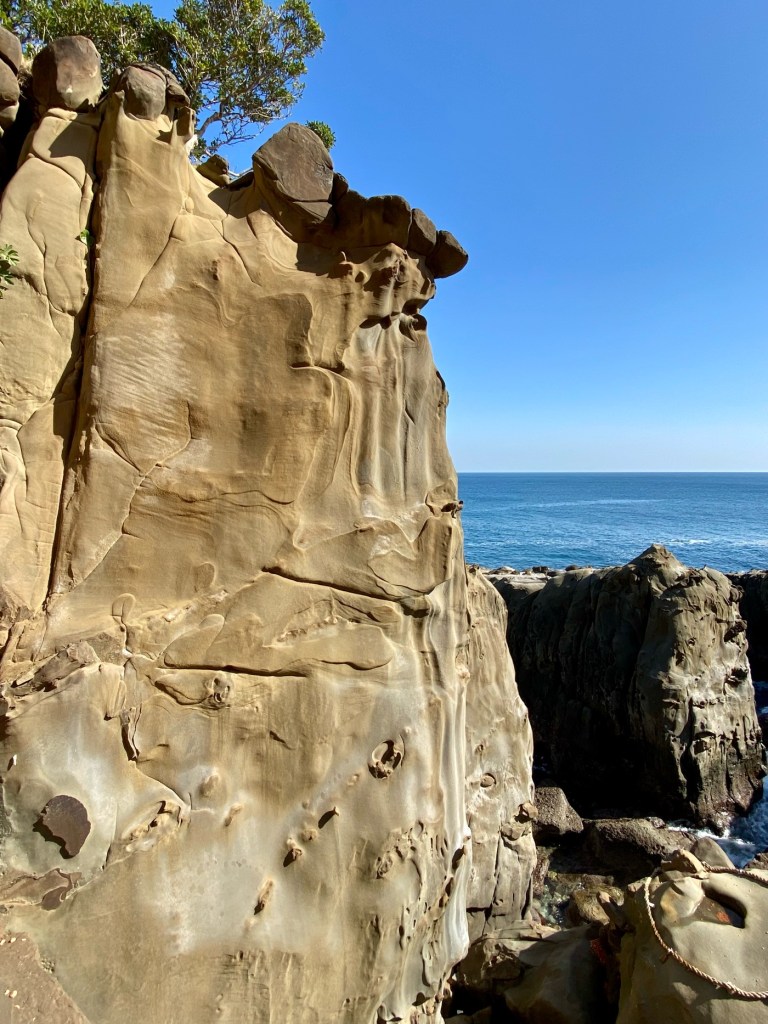
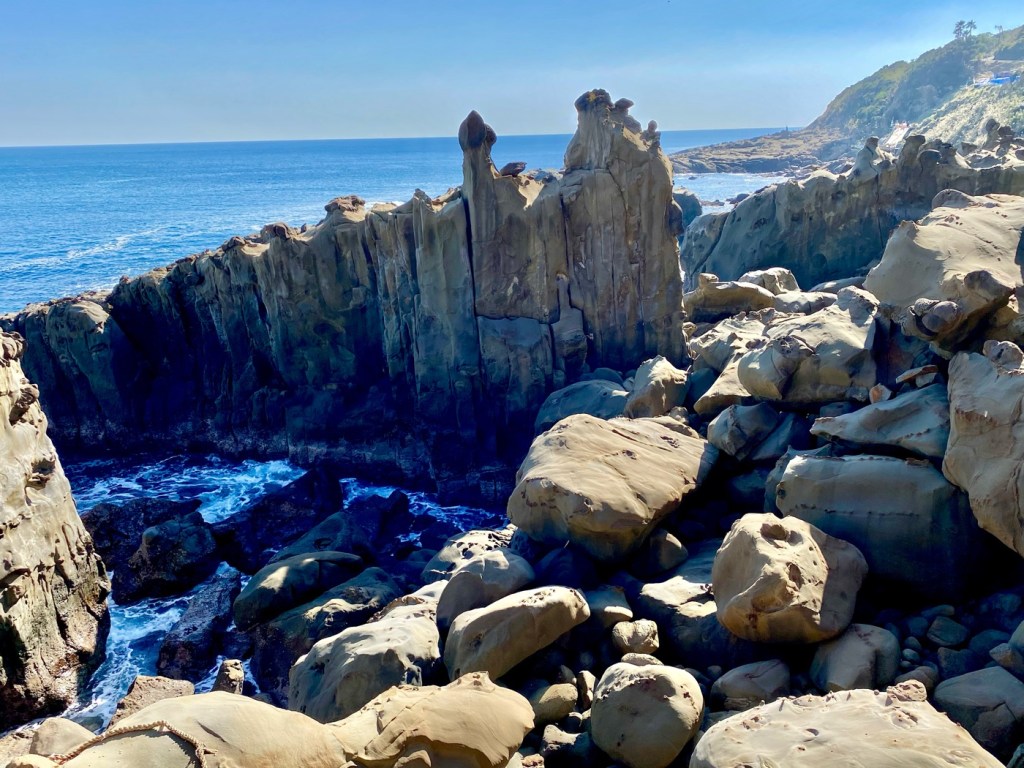
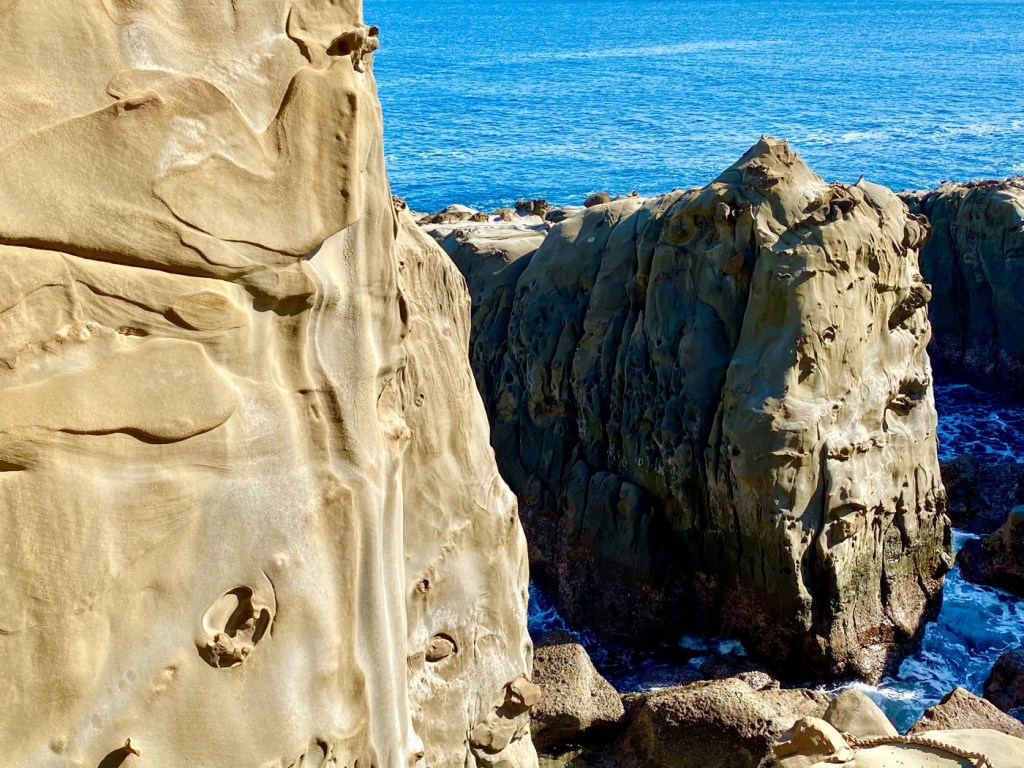
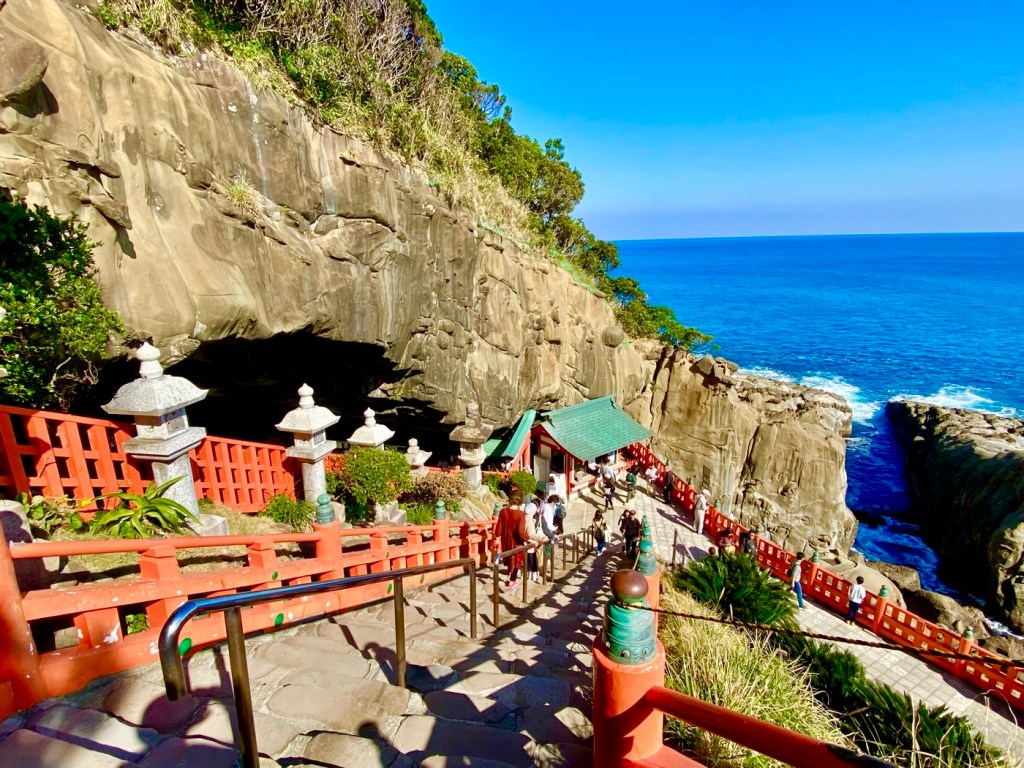
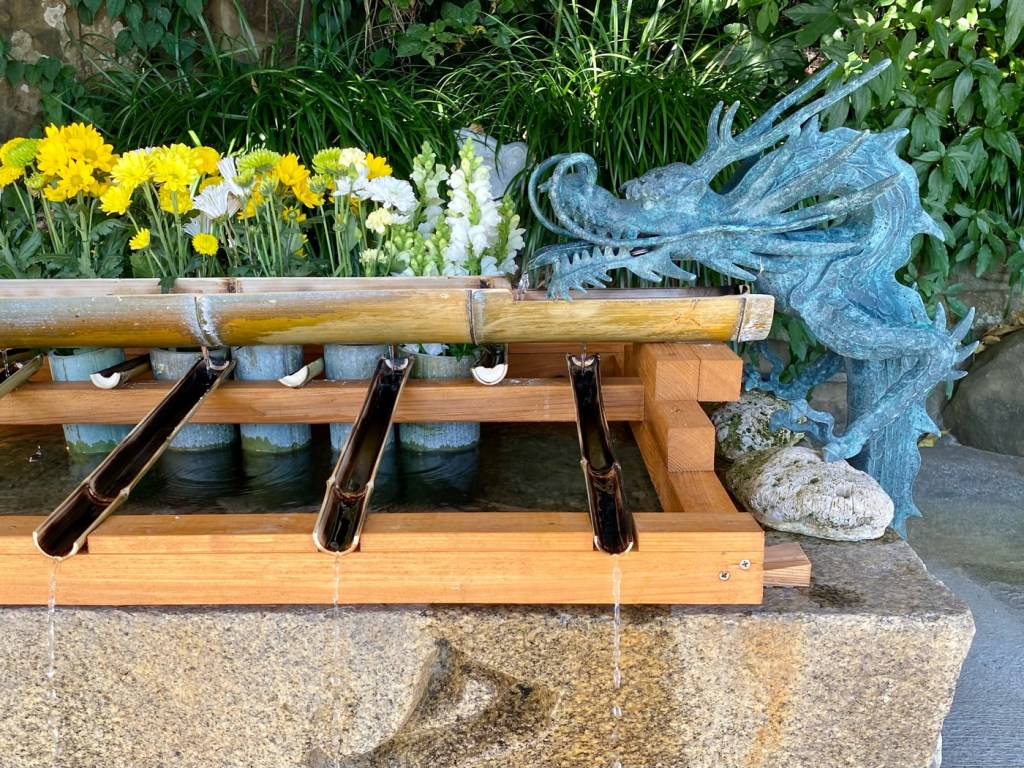
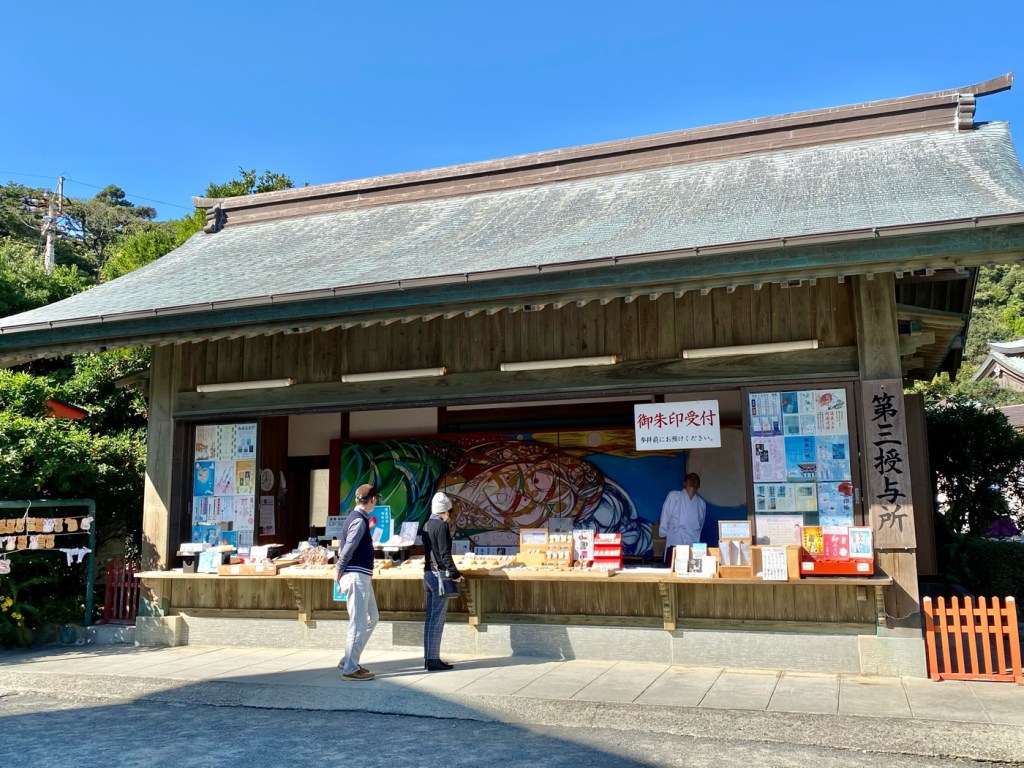
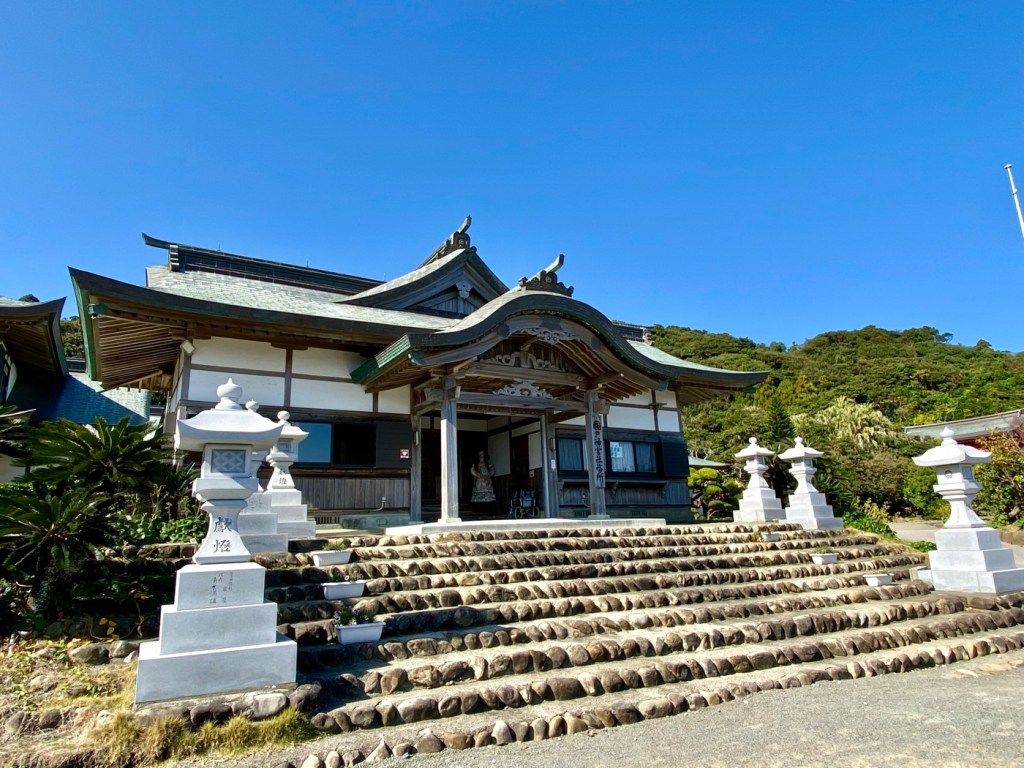
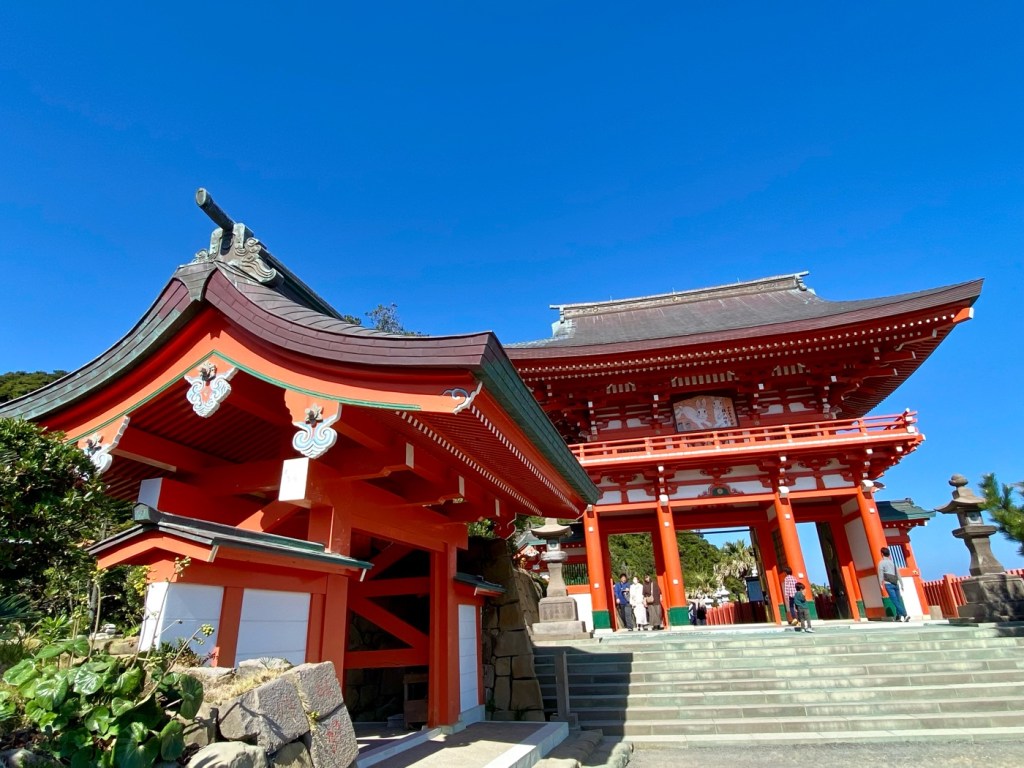
Day 61 - The Amazing Udo Cave Shrine and Walking Along The Beautiful Nichinan Coastline, The Kyushu 108 Temple Pilgrimage, Japan
We got up early today, because we wanted to have enough time to walk around Aoshima Island.
The Aoshima Shinto Shrine, surrounded by the “Ogre’s Washboard,” was only a few meters from our hotel.
Despite the early morning hour, many people crossed the foot bridge with us on the way to the shrine.
The Shrine was lovely, but the Washboard was the real attraction. It is a unique geological formation, seen all along the entire coast in this area, where the land turns into diagonal striated rock.
It was formed by sand rock and mud rock that accumulated in regular alternation on the sea floor from 23,030,000 years ago to 2,580,000 years ago.
It had inclined and risen up from the sea.
It has been eroded by waves and formed by the difference of density between these two kinds of rocks.
Our plan was to walk over the course of two days, all the way from Aoshima south to Nango in Nichinan, visiting two temples, the amazing Udo Cave Shrine and all the unique sights along the way.
We would stay for a couple of nights in Nango, in order to cover this beautiful coastal walk.
For some strange reason, Google map showed that we could not walk along the coast to Udo Shrine.
We decided to take the bus, so I could survey the road and see what were the obstacles to walking, and walk that distance the next day.
While waiting for the bus, we walked around the Aoshima Botanical Gardens, chatted with the local volunteers who were planting flowers and admired the glass houses where they grew tropical plants and fruit.
The bus to Udo Shrine was so busy, it was like being little sardines in a sandwich for the whole 45 minutes.
I stood the whole way, which allowed me to examine the road and assess whether or not we would be able to walk it tomorrow.
To my delight, I saw it was not just walkable but really beautiful, with sidewalks for most of the way, roadside markets with toilets and places to eat or buy produce, and only short periods of time when we would have no sidewalks, but nothing that looked dangerous.
We were happy to see the bus driver pull over to the Udo shrine entrance, so we could get off the crowded bus.
The shrine is approached by many stone steps.
We were carrying our full backpacks, and even though we had shipped most of their contents to the hotel ahead and bought absolutely nothing new, they still felt very heavy and a strain on our shoulders.
We had to climb the mountain leading to the shrine, then the path descended just as sharply into the cliffs above the sea, which meant that on our return, we would have to climb all the way back again.
Udo shrine is a Nationally designated scenic spot on a cape that juts out into the Hyuga Sea.
Since ancient times, it has been deeply worshiped by people from all over southern Kyushu, and has flourished as a place for ascetic training.
In addition, it is the setting for the Hyuga myth of Umiko Yamasachi.
Yamasachi-hiko went to the palace under the sea, in search of his brother’s hook which he had lost at sea.
In the sea palace, he met Princess Toyotama.
The two fell in love, and married.
They lived together happily for three years.
One day Yamasachi-hiko received joyful news.
Toyotama told him that she was pregnant with child that will be born soon, and that Yamasachi-hiko should build a hut for her to give birth in.
She said that this structure should be built on land, because a descendant of the gods of heaven must not be born in the sea. Yamasachi-hiko started building a hut for his wife, but she went into labor before he had finished building the roof, made of cormorant feathers.
Toyotama entered the hut and implored Yamasachi-hiko not to look at her before the baby was born.
Yamasachi-hiko, however, cannot resist the temptation, and he looked at his beloved wife as she gave birth to their child.
He then saw Toyotama, the daughter of the king of the sea, as she transformed
into a giant shark.
Her true powerful form revealed, Toyotama returned to the sea in anguish, leaving her newborn baby behind.
The child received the unfortunate name of Ugayafukiaezu, or “The one for whom the cormorant-feather roof was not finished in time.”
He was brought up by Toyotama’s sister Tamayori, whom he married after reaching adulthood.
Ugayafukiaezu is enshrined as a Shinto deity at Udo Shrine, in the city of Nichinan.
According to local beliefs, the coastal cave that houses Udo Shrine is the location of his birthplace.
Udo Shrine has existed since ancient times.
The date of the construction of the main shrine is unknown, but according to the shrine's legend, it was built during the Middle Ages, perhaps in the Fifth Century.
It was rebuilt in the year 804, and in the early modern period, it was remodeled and renovated under the patronage of the Ito clan, the lords of the Obi domain.
Until the Meiji Restoration, it was part of a Buddhist temple called Udoyama or Udo Ninna-ji Temple, which had jurisdiction over Niogokoku-ji Temple. Within its precincts, there were 18 sub temples on both sides, approaching the shrine’s gate.
The current main shrine was rebuilt in 1711 by Yumi Ito, the fifth lord of the Obi domain, and underwent major repairs in 1890, and was further repaired in 1967.
In 1997, the roof and interior were again repaired.
Although it has been renovated several times, the Gongen-zukuri-style Hachibune-zukuri building, which was beautifully housed inside the rock cave, remains exactly as it was in the past.
It is really a magnificent shrine in a beautiful location.
The waves crash on the rocky shore and the sky felt endlessly blue.
While we were there, a large bicycle club was visiting the shrine.
They had a few support vehicles and helping guides.
When we left the shrine, we sat by the entrance to drink our tea and snacked on the last of our cookies.
One of the cycling group helpers came over to us.
He said hello, asked where we were from and then handed me two handfuls full of cookies and sweets, saying: “Please accept these”.
The Nichinan Coast, from Aoshima in Miyazaki City to Nichinan City, is covered by a layer of sand and mud that was deposited alternately on the deep ocean floor from about 12 million years ago to 1.5 million years ago.
The old geological strata (layers) are exposed, alternating layers of sandstone and mudstone that were eroded by the waves, resulting in the formation of wave-cut ledges, sea caves, and notches.
It was a beautiful walk.
The first temple we visited was temple #39, Choman-ji, located in the town of Aburatsu.
As we walked through the streets of Aburatsu, we saw signs next to the historic homes, owned by the wealthy families who controlled the shipping and fishing industries in the area.
The red brick houses are open to the public for visits.
Temple #39, Choman-ji Temple, is located at the foot of Tsunomine mountain overlooking Nichinan City.
From the temple you can see Aburatsu Port, where big freighters and cruise ships come to dock.
The date and details of the origin of the temple are unknown, but it is known that Choman-ji Temple was once a part of an older temple called Ganjoji, located in another place in Aburatsu.
The temple was restored in 1636
and later was abandoned due to the violent anti-Buddhist movement in 1870.
In 1900, the abandoned temple was rebuilt, and in 1908, more halls were built in Aburatsu.
It was moved to his current location in 1916, and the main hall and the Goma-do Halls were built in 1934.
Choman-ji Temple is used as a maritime prayer temple for safe journey at sea, and for an abundance of good catch.
People also pray for the fulfillment of their wishes, and to ward off evil, and bring good fortune.
The lady at the temple who stamped our book and scroll asked about our car, and was amazed to hear that we had walked there.
She gave us green tea and cookies.
After we left, Jules asked me why I didn’t tell her that we were walking the whole pilgrimage.
I thought about it for awhile and didn’t answer him.
The truth is, that in Zen Buddhism in ancient Japan, humility was considered a virtue.
Not boasting about your accomplishments and achievements was much preferred to people who talked about their talents and abilities.
Even today in modern Japan, when we studied Japanese, we were told that a person must not reveal their many hobbies in casual conversations, or they could be seen as boasting.
If you say that you visited many places and skied many mountains, hiked many peaks and dived many oceans, cycled around many countries, walked many pilgrimages and loved doing many different hobbies or owning many things, you would be seeing as bragging, not as a sophisticated person to admire.
The walk to the second temple was longer, as it is located in the town of Nango, where we would be staying for the night.
On the way to the temple, we started looking for food to buy for our dinner, as we had booked this hot springs hotel without meals.
We didn’t pass by many open shops, and then we arrived at Temple #40, Hounsan Saimyoji.
At the entrance to the temple, we had to cross the railroad tracks, which were built right in front of the temple’s driveway.
The JR Nichinan Line is a one car train that passes right through the temple’s grounds every hour.
We could see the blue sea and the vast port, with big deep sea fishing boats coming into port for the night.
The principal image of Saimyoji Temple is an ancient Fudo Myoo, a Buddha that was once enshrined at Enohara Shrine in Nango Town.
During the anti-Buddhist movement, it was saved by a local monk, and now it is enshrined here.
The couple who run the temple were very kind and caring.
They gave us a gift of two talismans for protection on our journey and offered to drive us to our hotel, which was still 3 km ahead and up a mountain.
We thanked them and refused, thinking that we still wanted to stop at a supermarket to buy some food for our dinner and breakfast the next day.
On the way to the hotel, we stopped a couple of times to buy food.
The first stop was at a bakery and then in a farmers market where we bought delicious tropical fruit, like starfruit and kumquats.
Our hotel was located on the steep hillside of a small mountain, overlooking the sea.
The views were amazing and the rooms were designed to look like you are in a boat sailing at sea.
The hot springs were outdoors only, and I enjoyed soaking in the cool evening air looking at the moon and the stars, while listening to the waves crashing on the rocky shore.
With love and smiles,
Tali
Stats: 25,654 steps
Today’s Walk: 17.5 km
Kilometers Walked to date: 1046.5
Temples visited:
Temple #39 Nichinan Koyasan Chaomanji Temple in Aburatsu
Temple #40 Hounsan Saimyo Temple in Nango
Udo Shrine- not part of the pilgrimage.